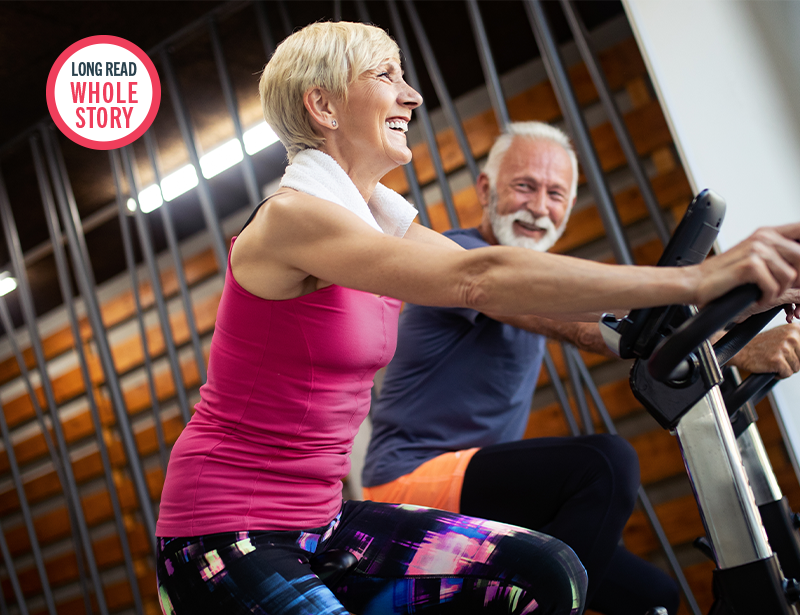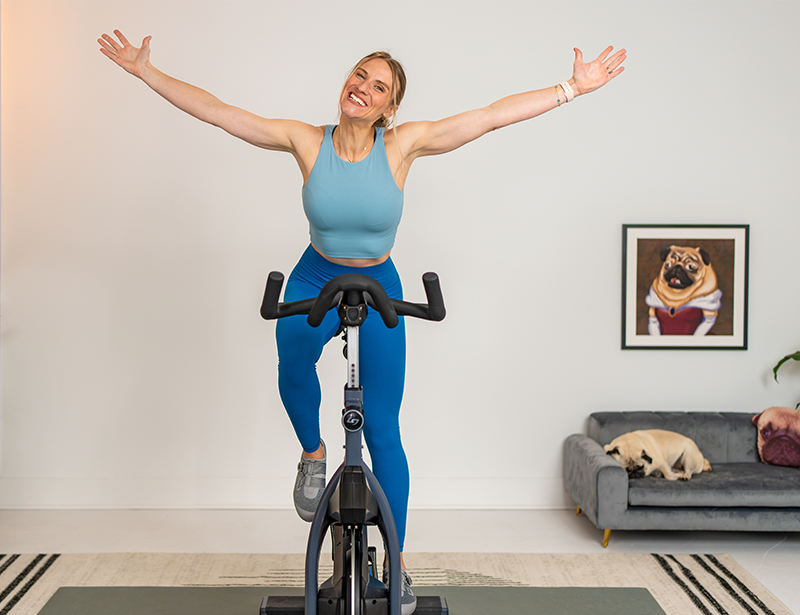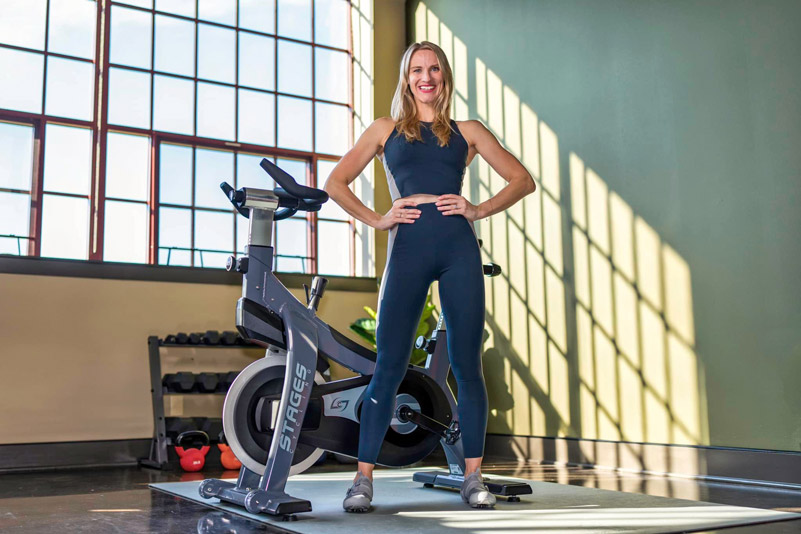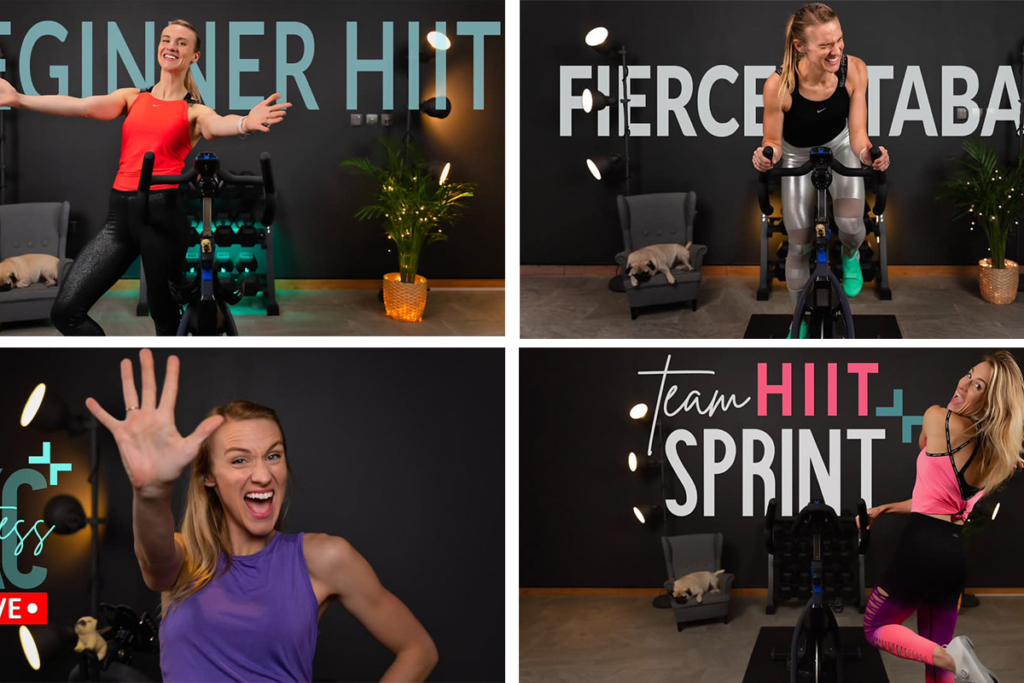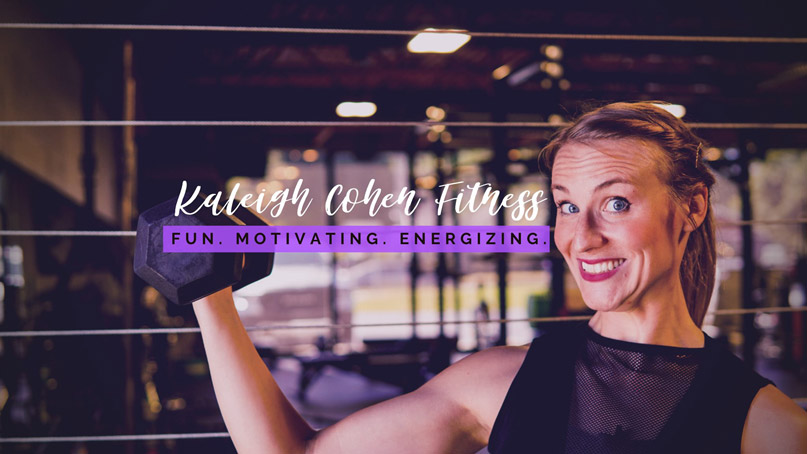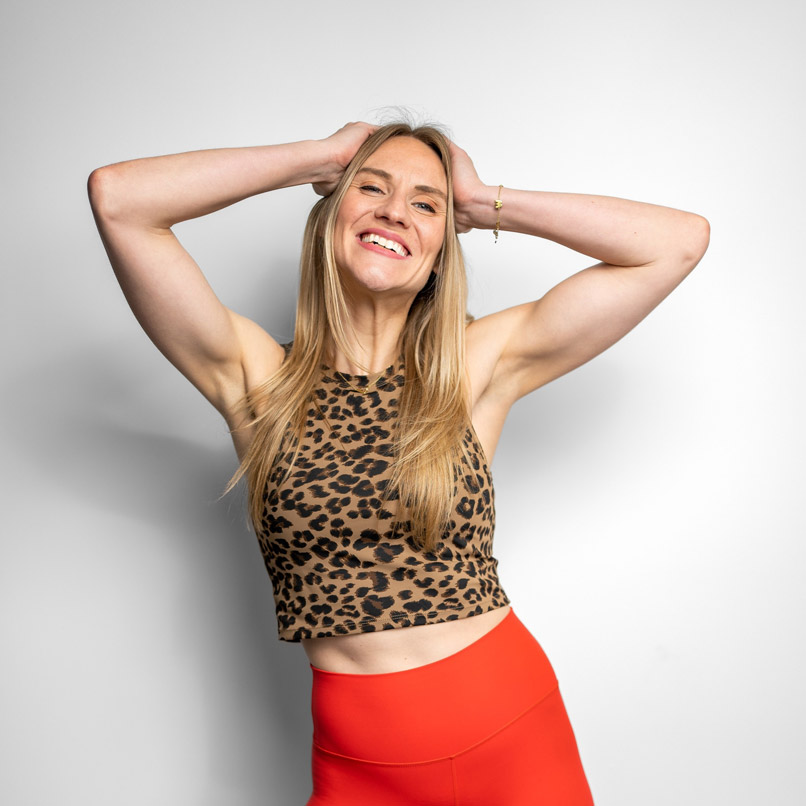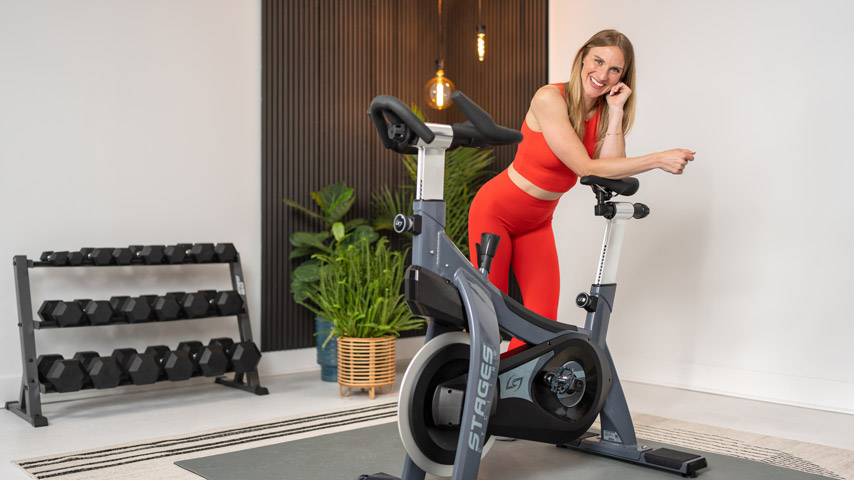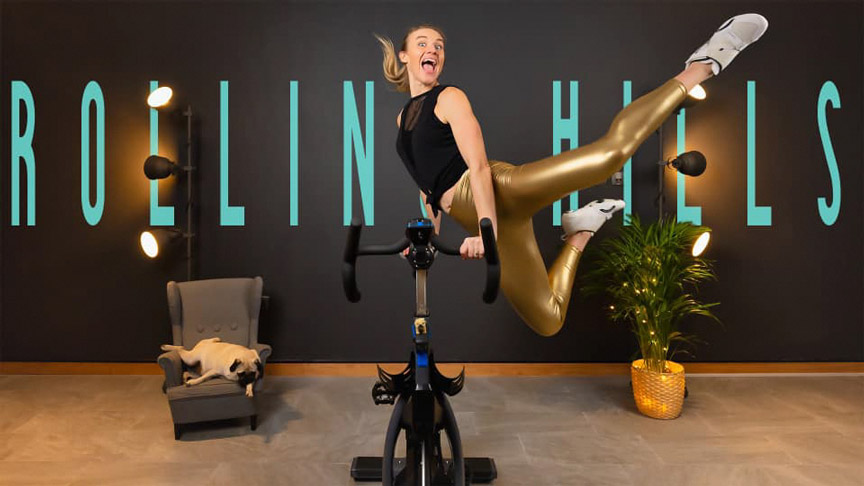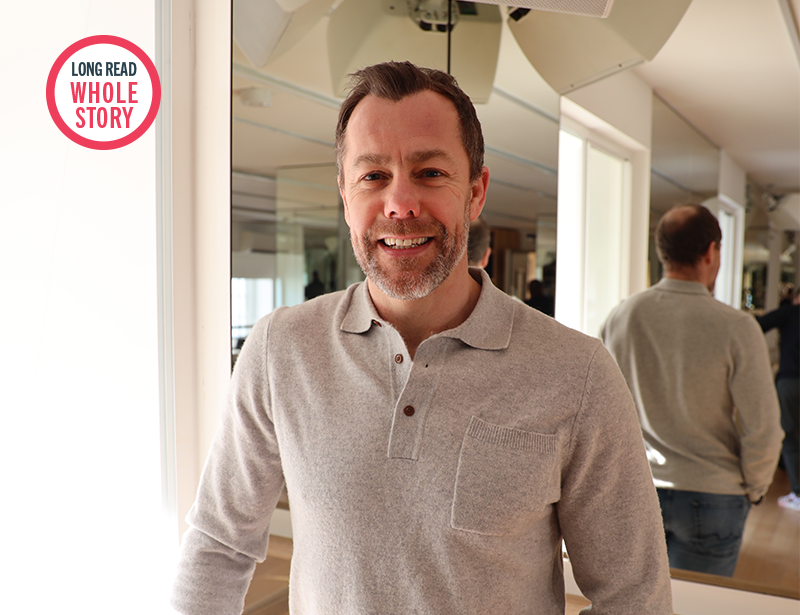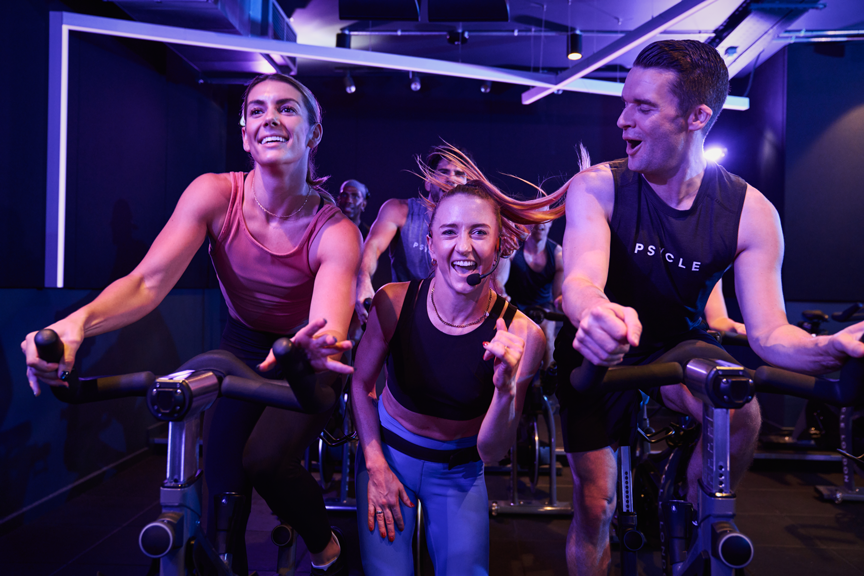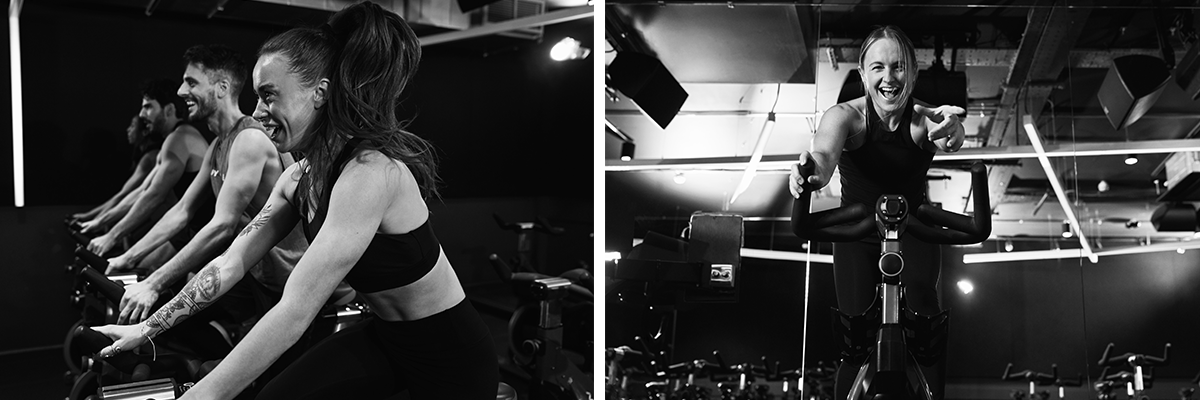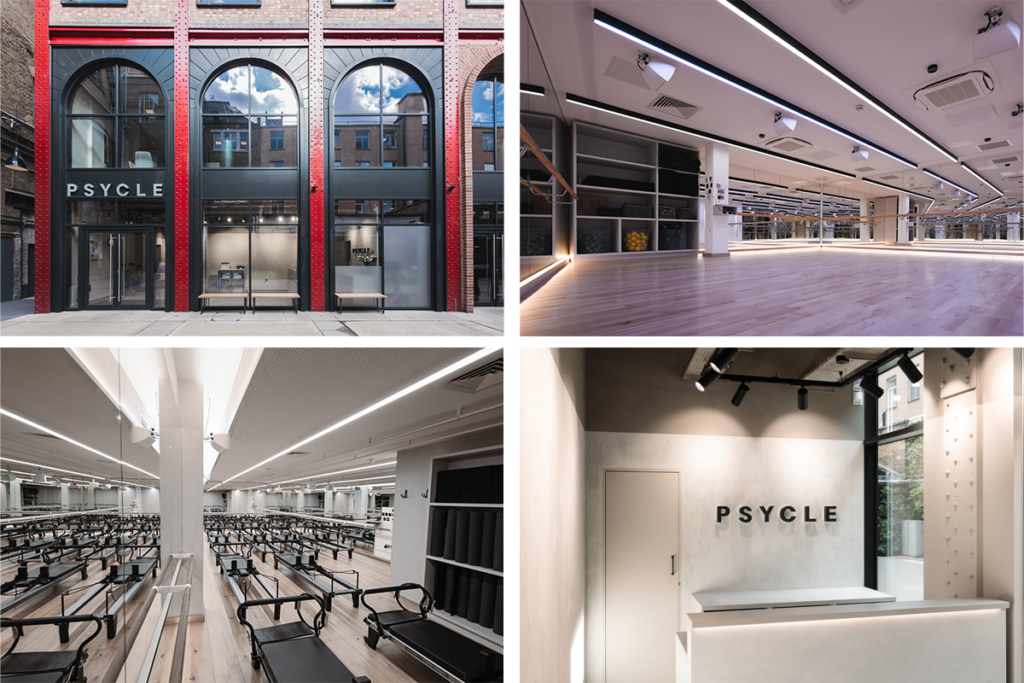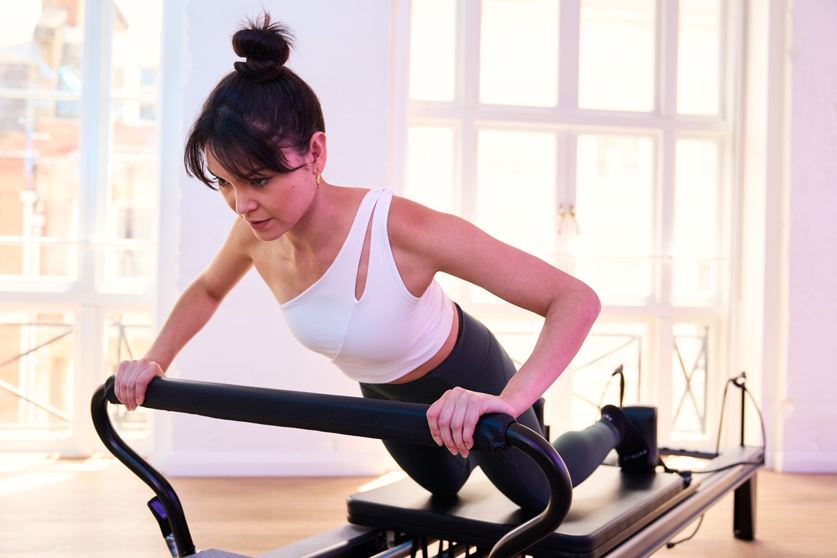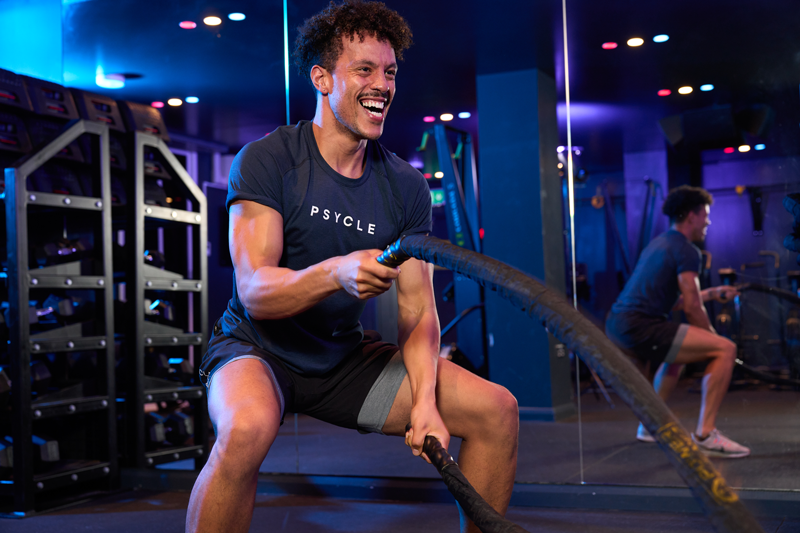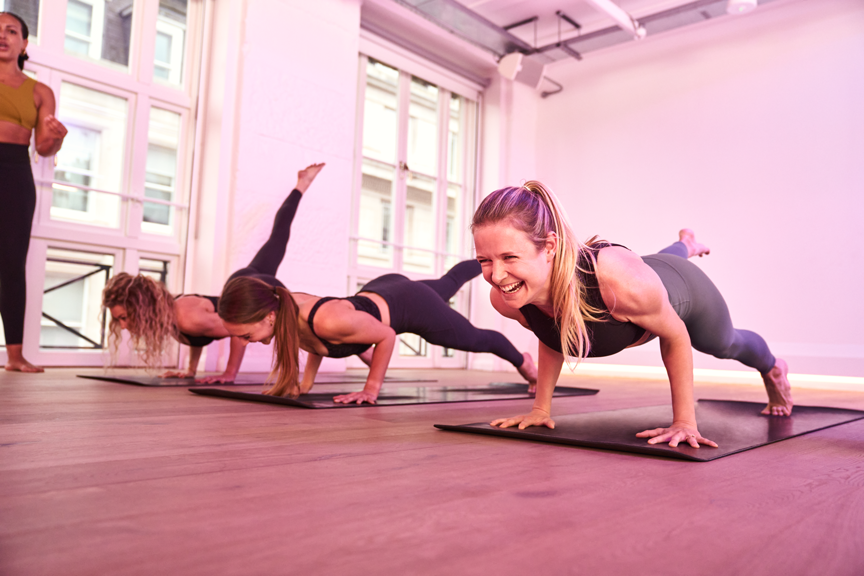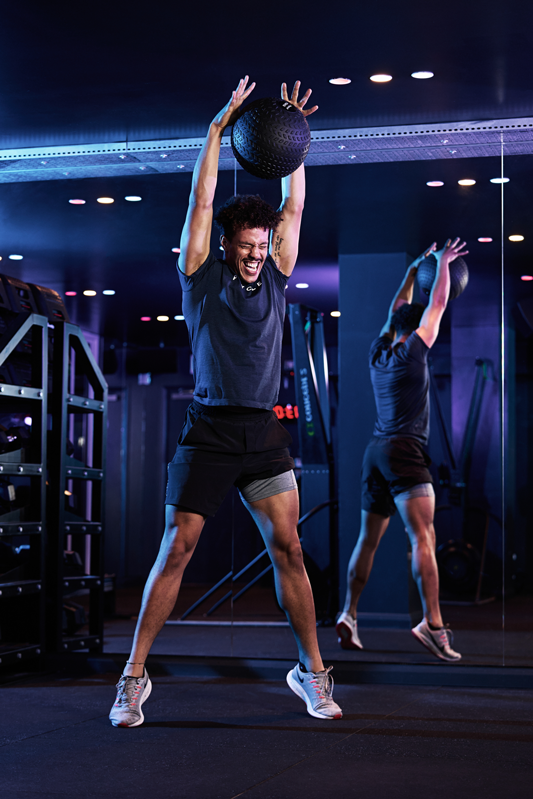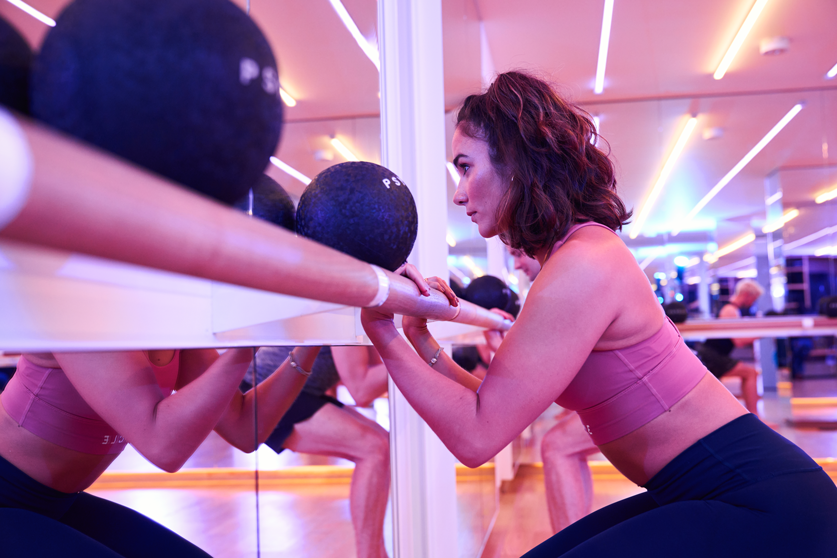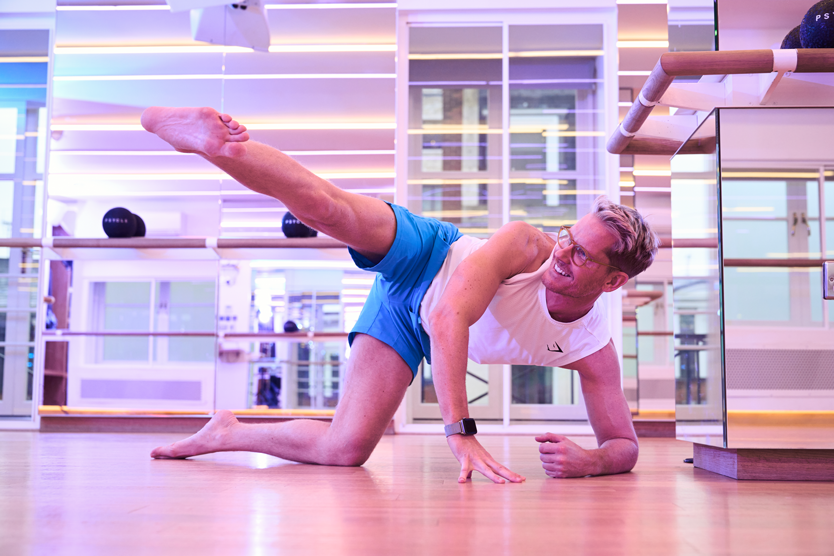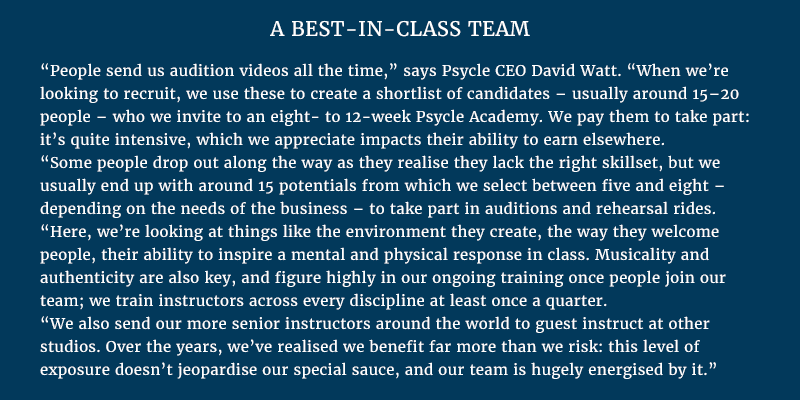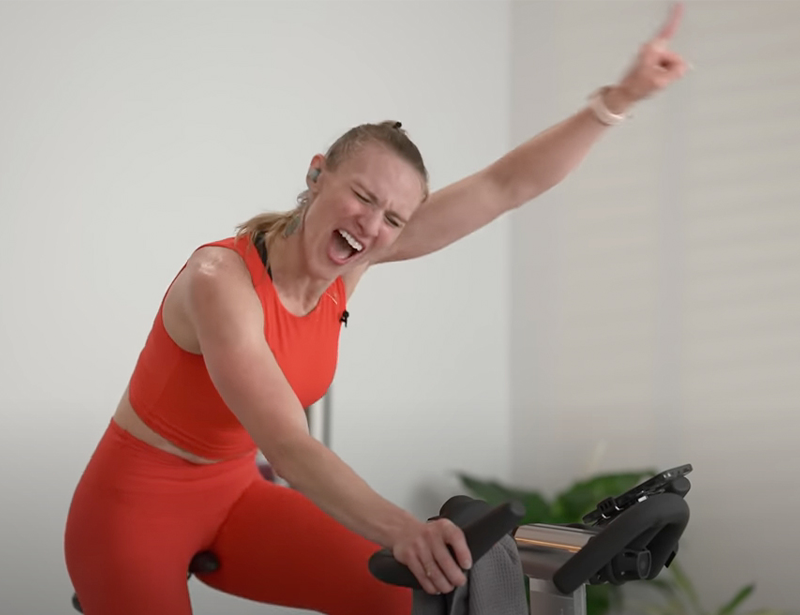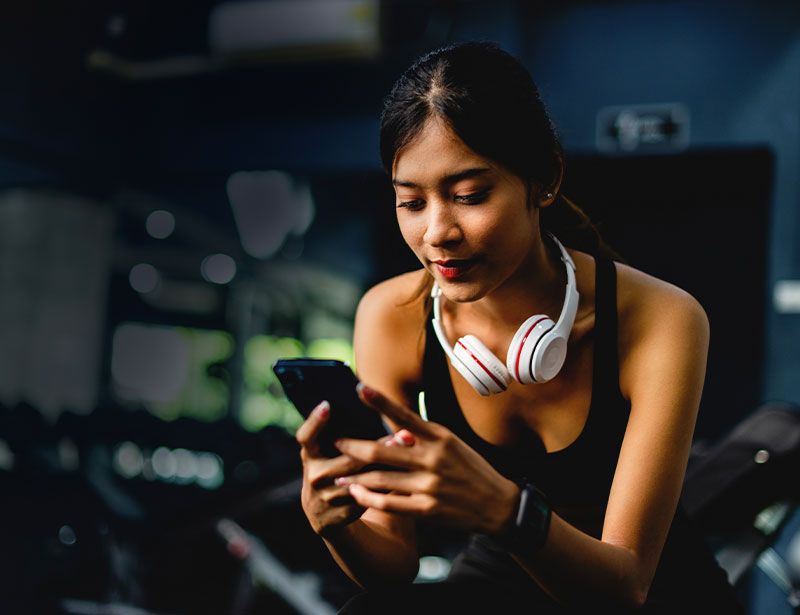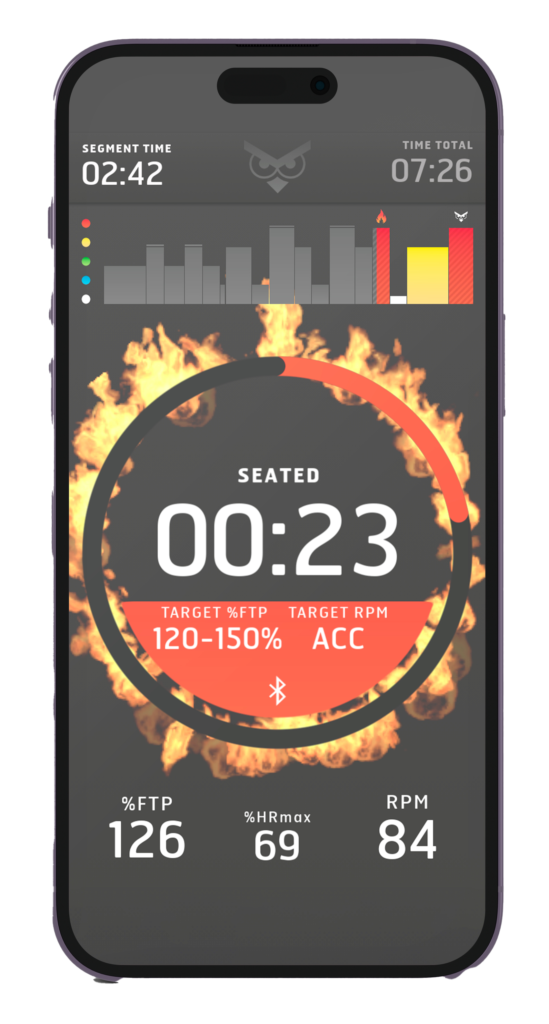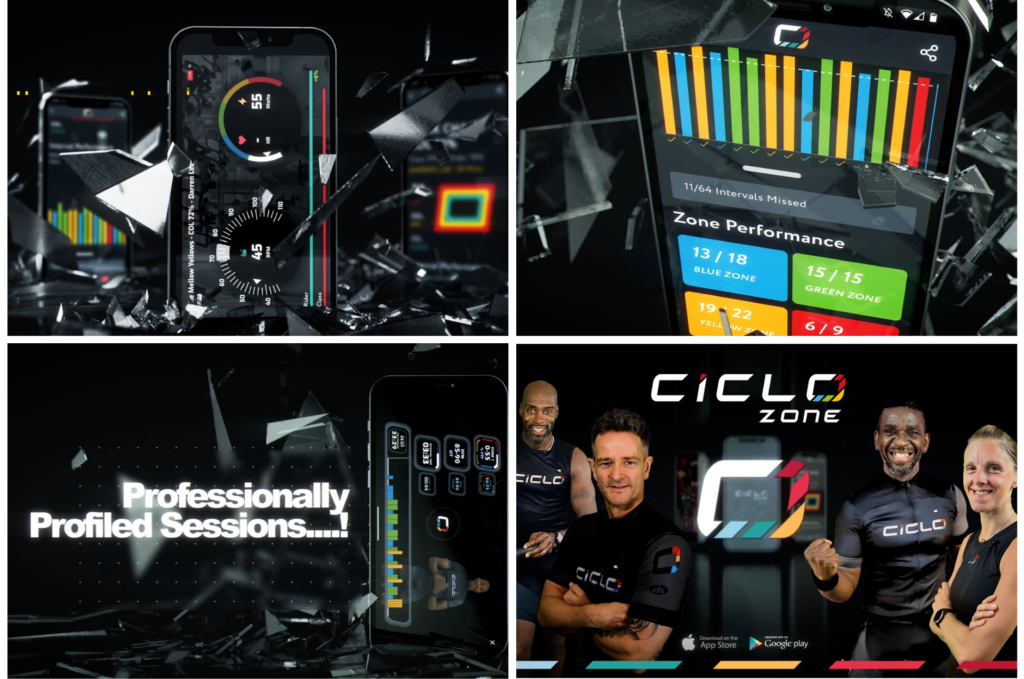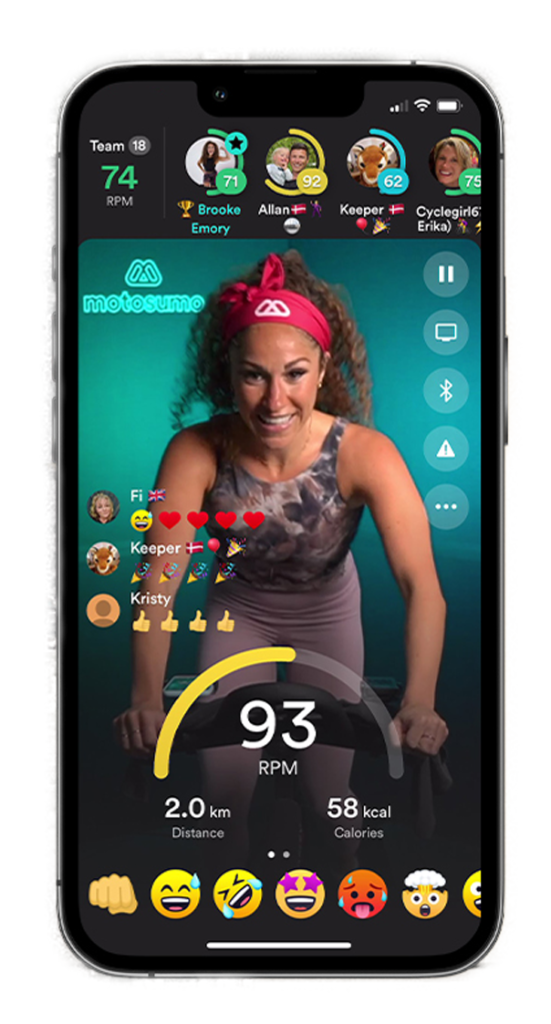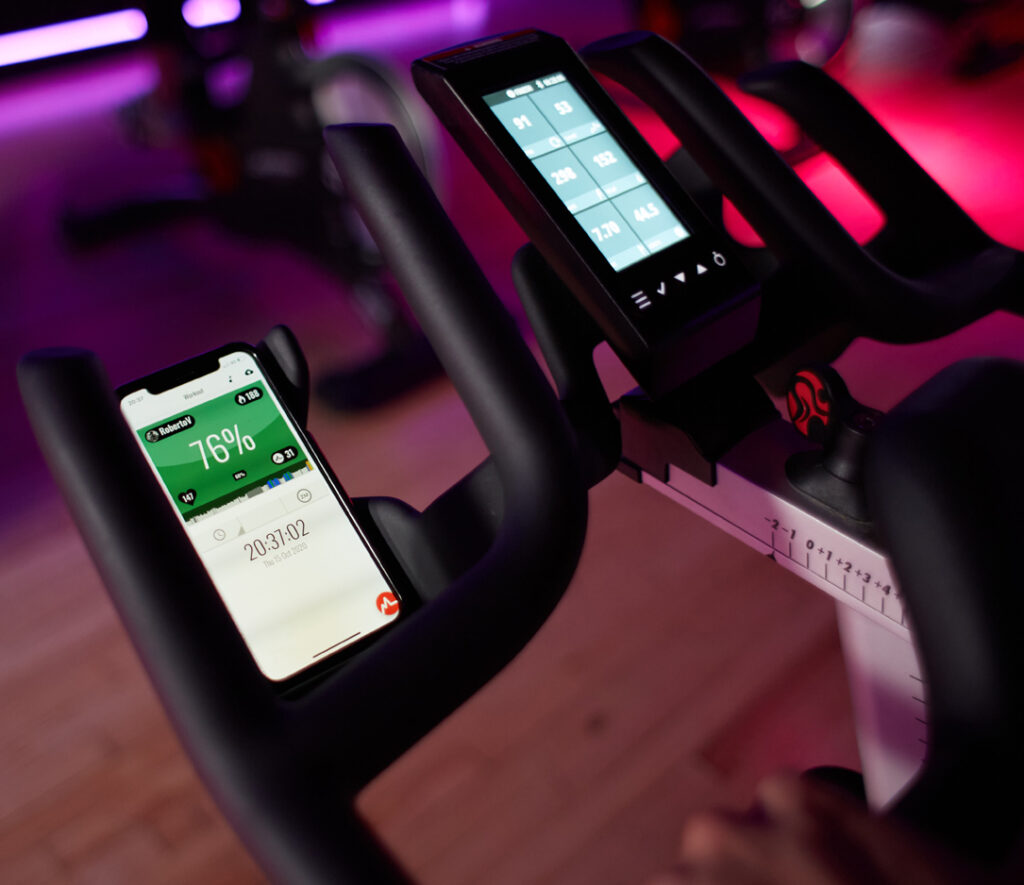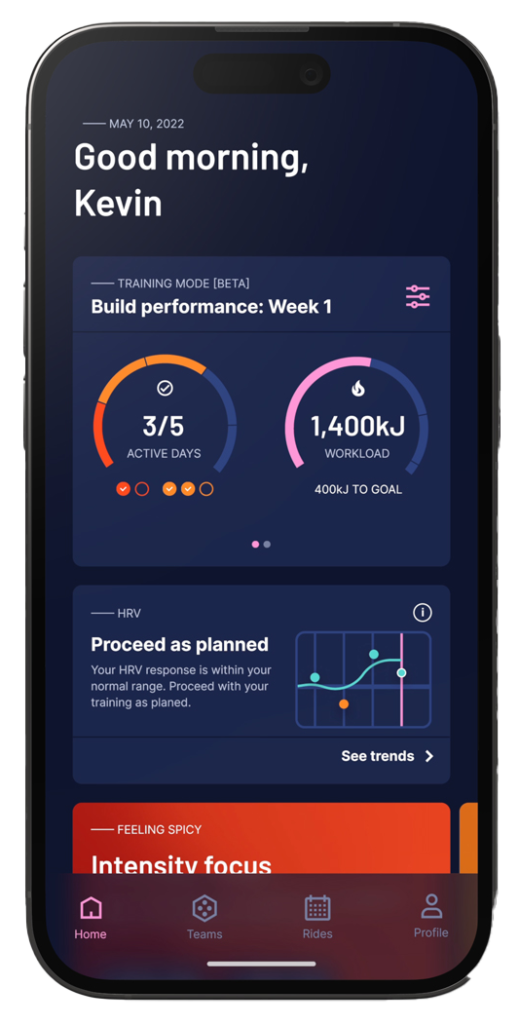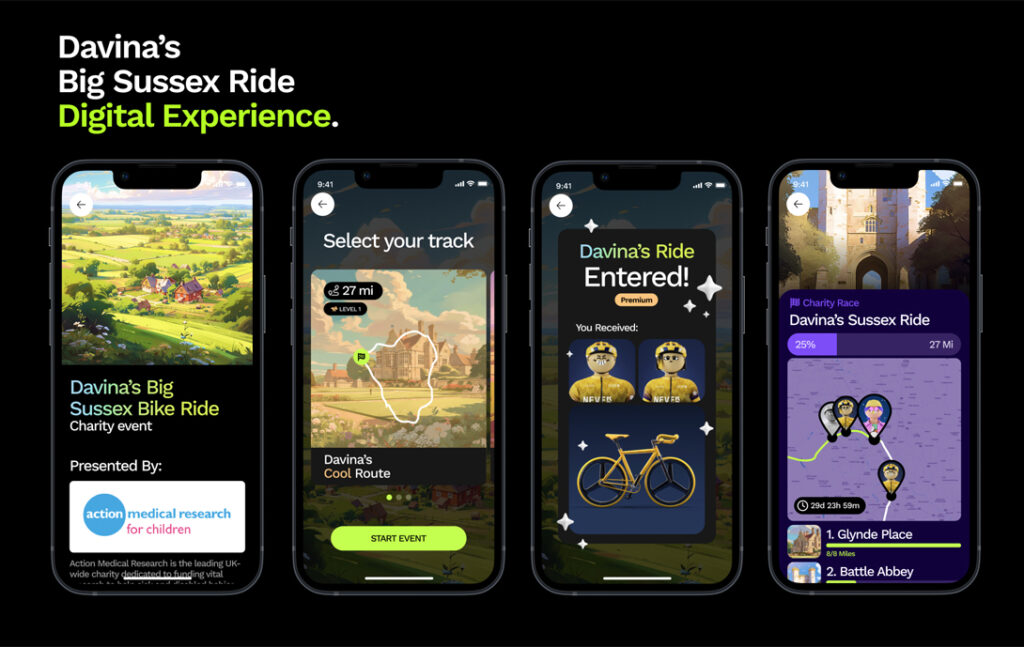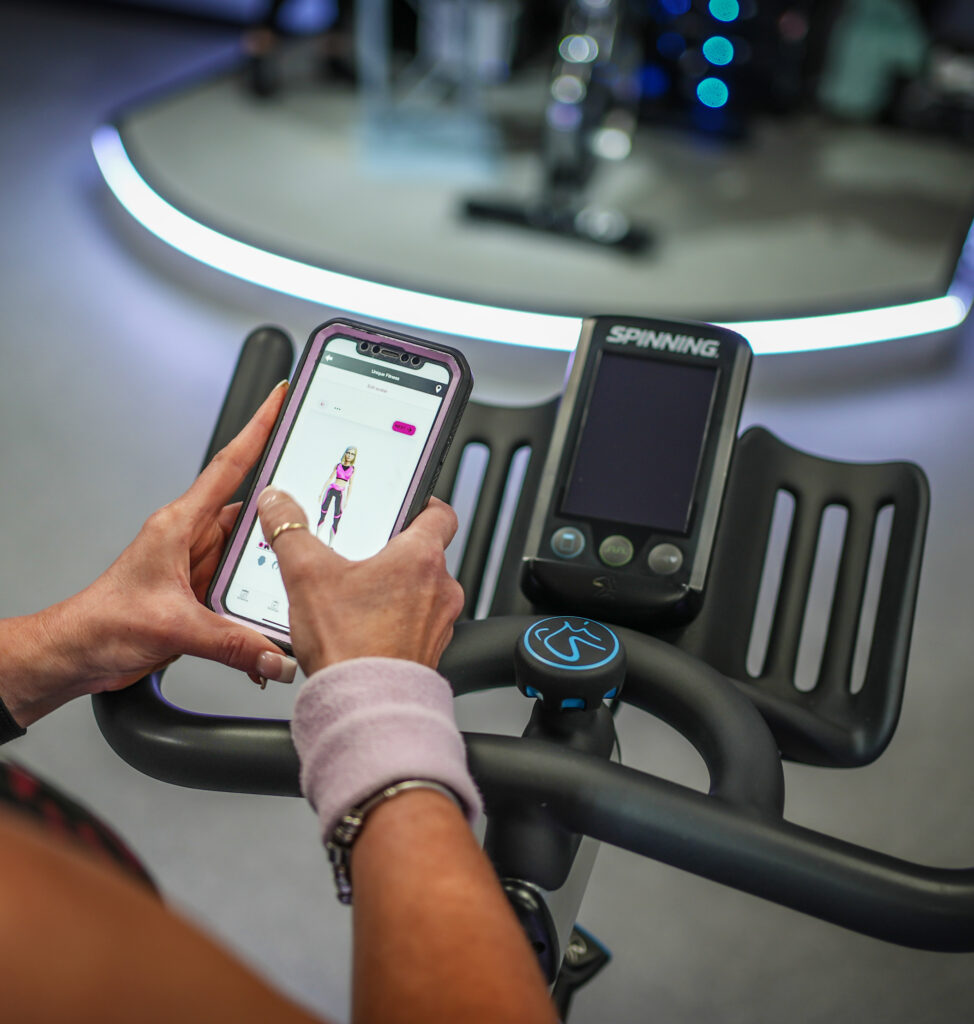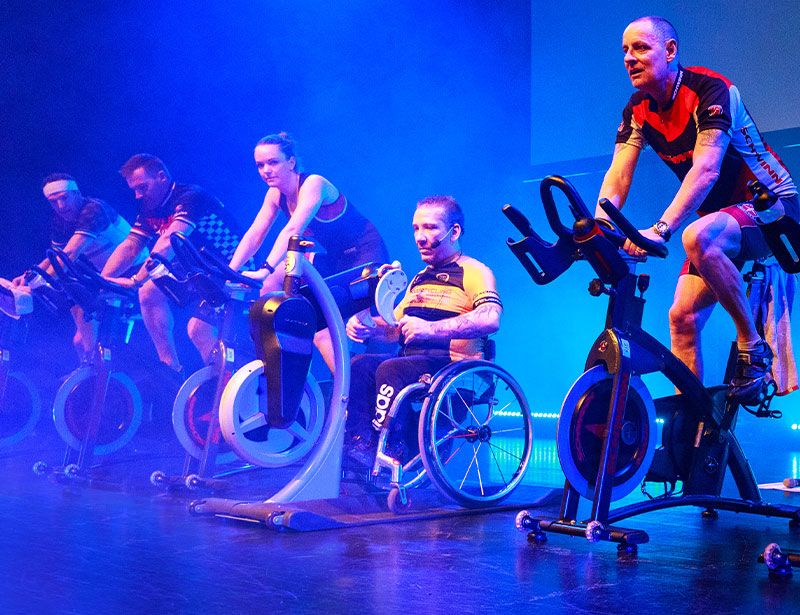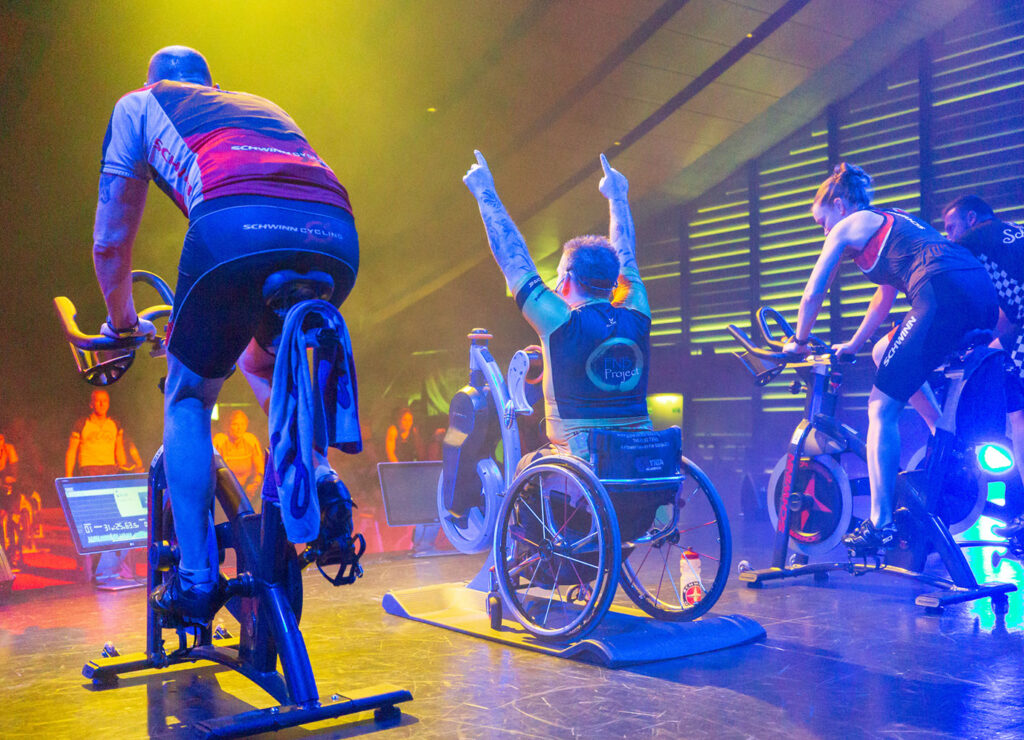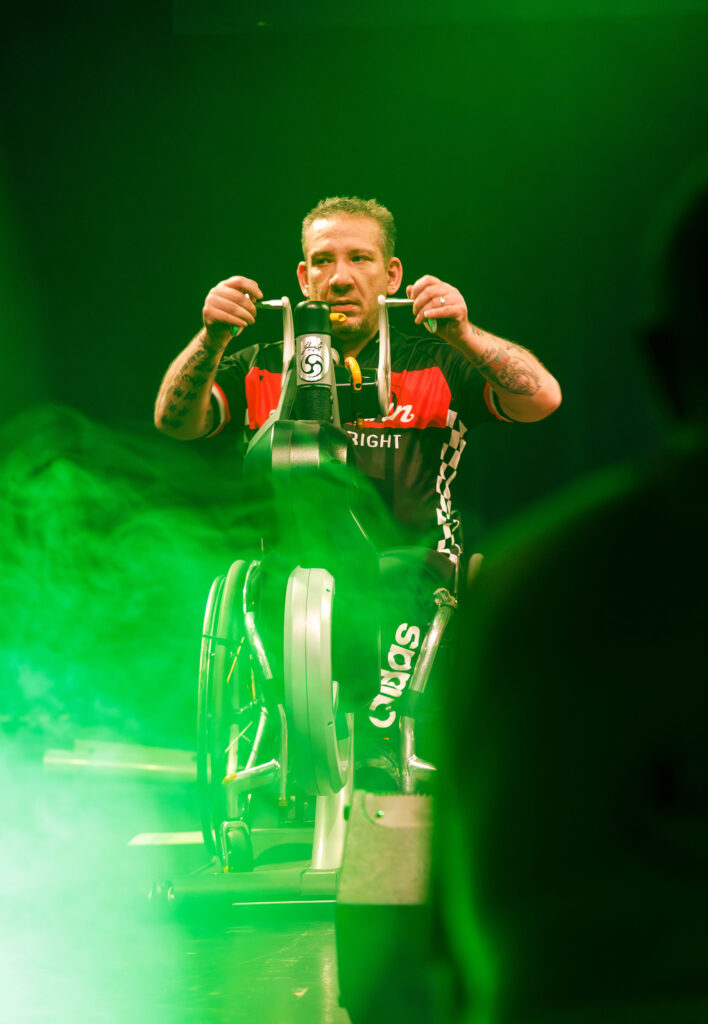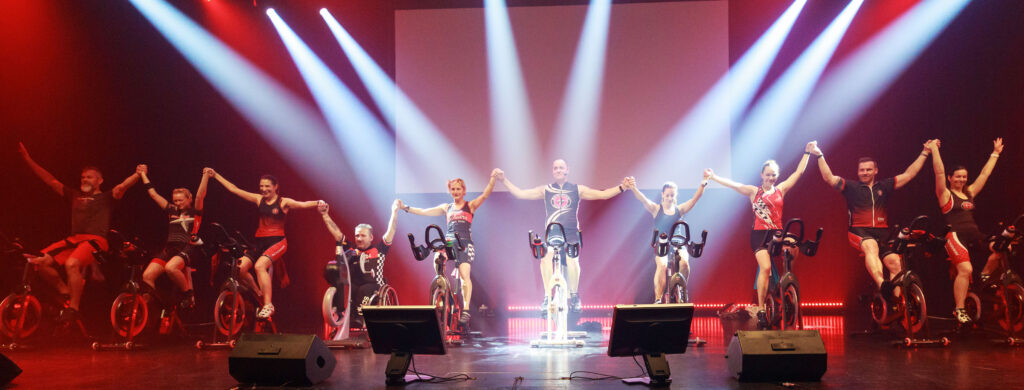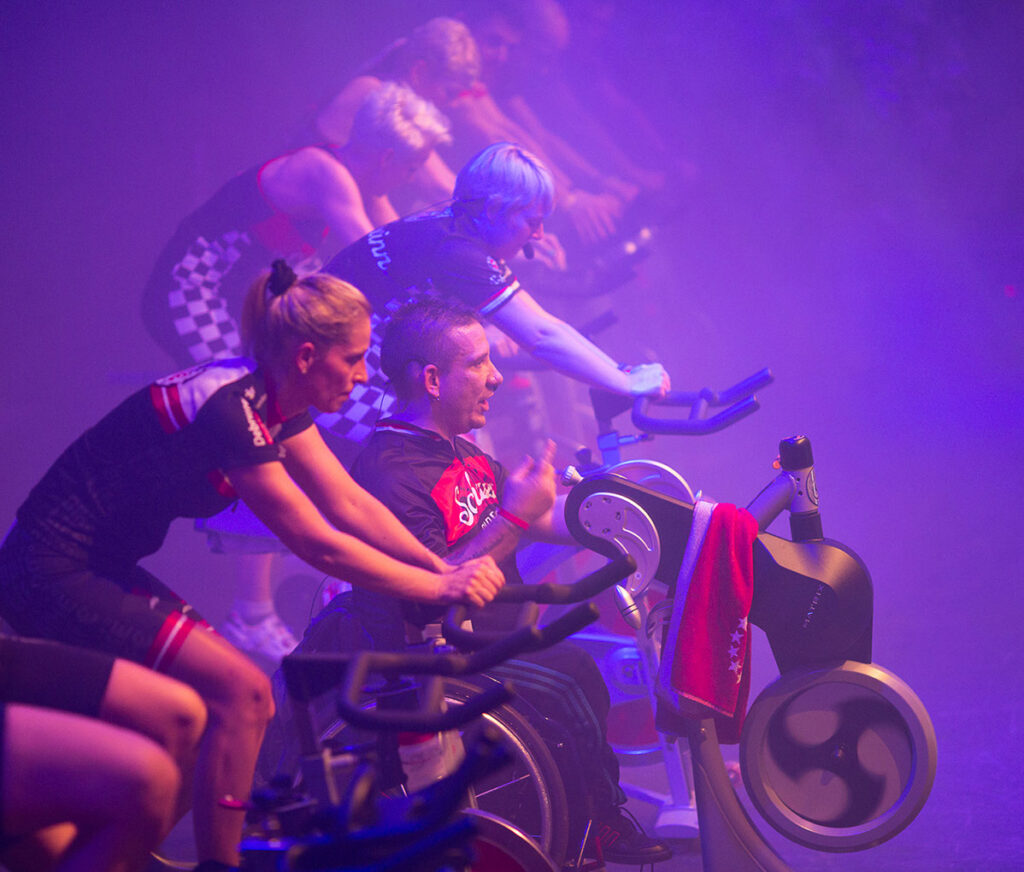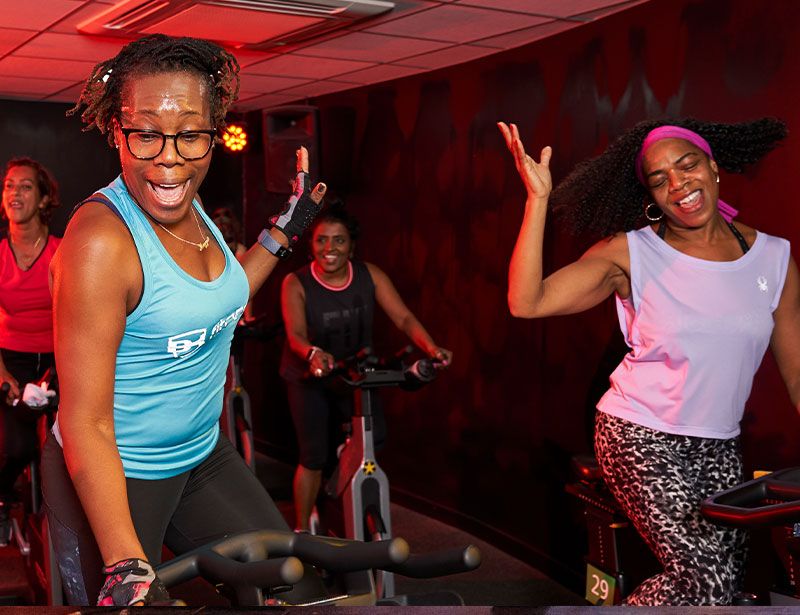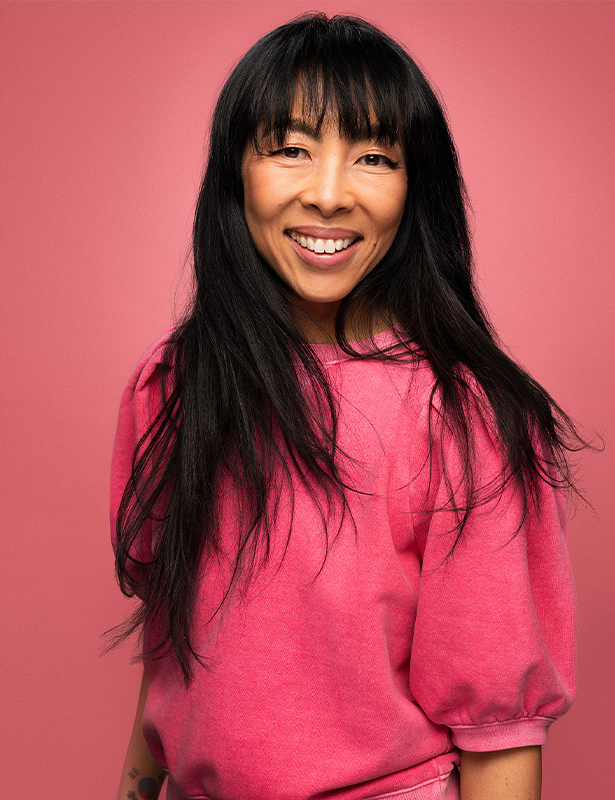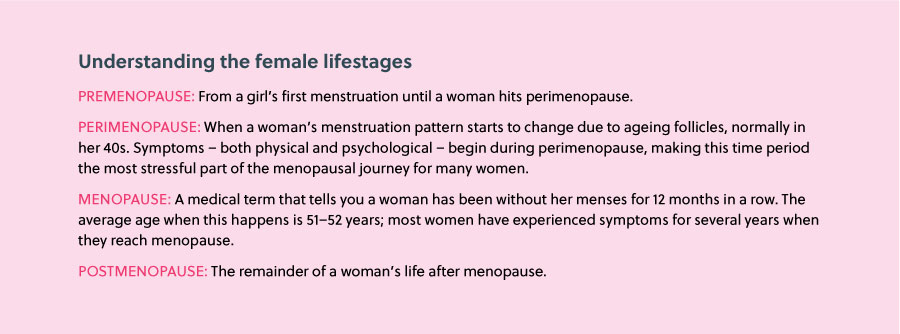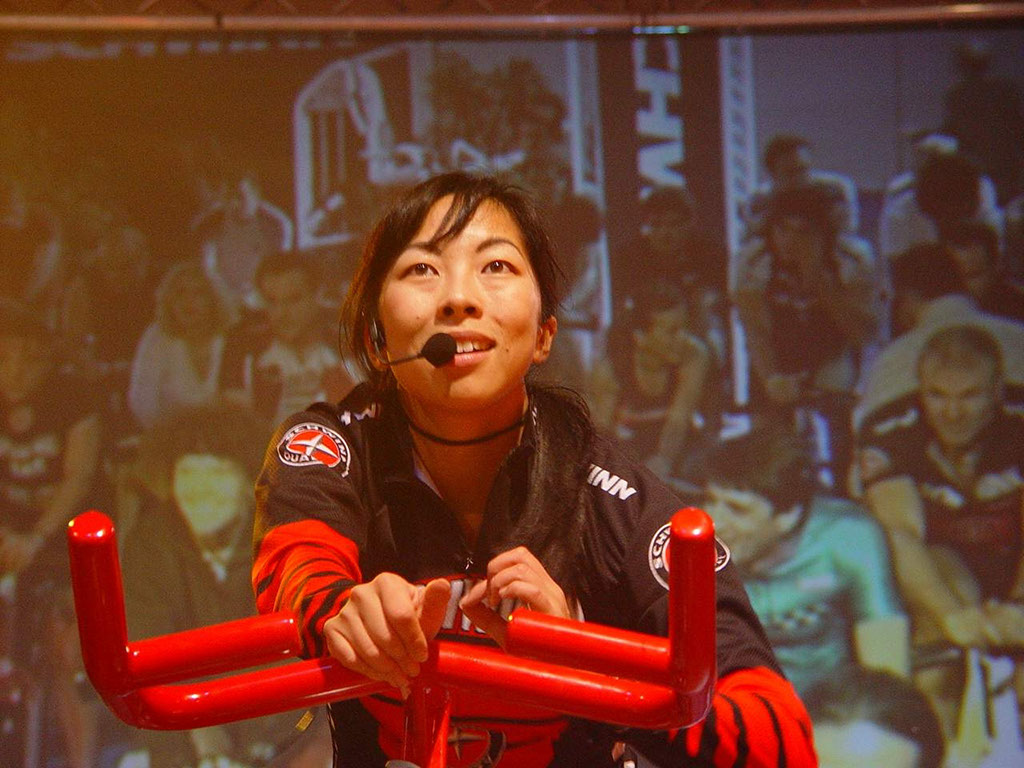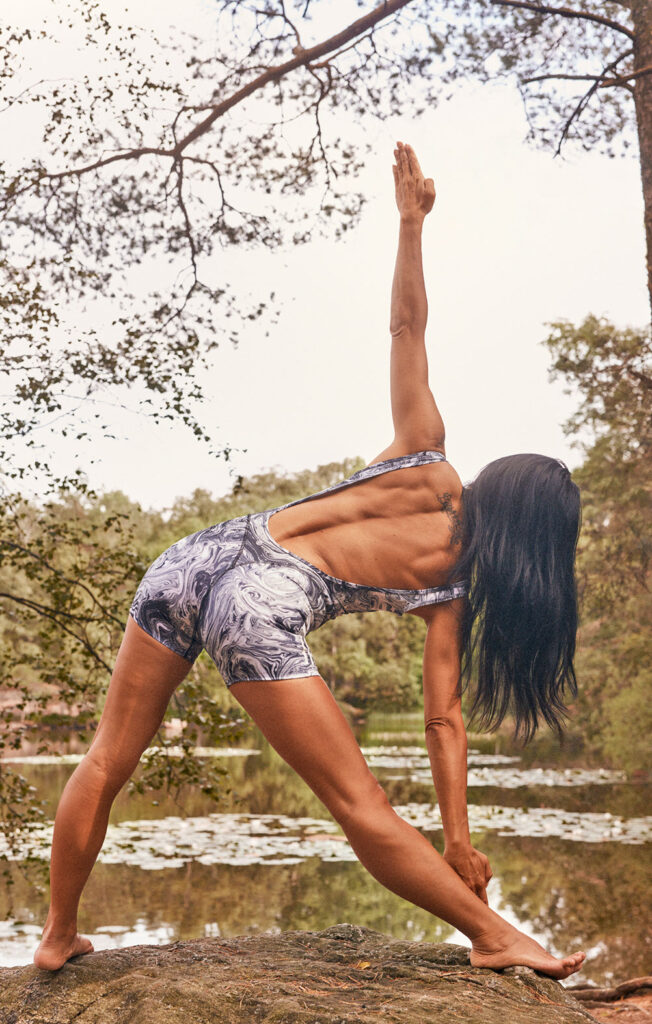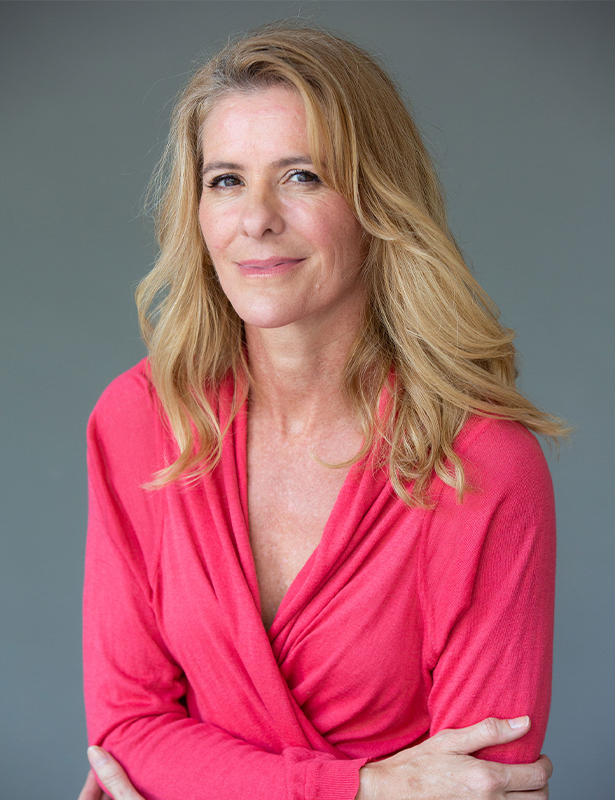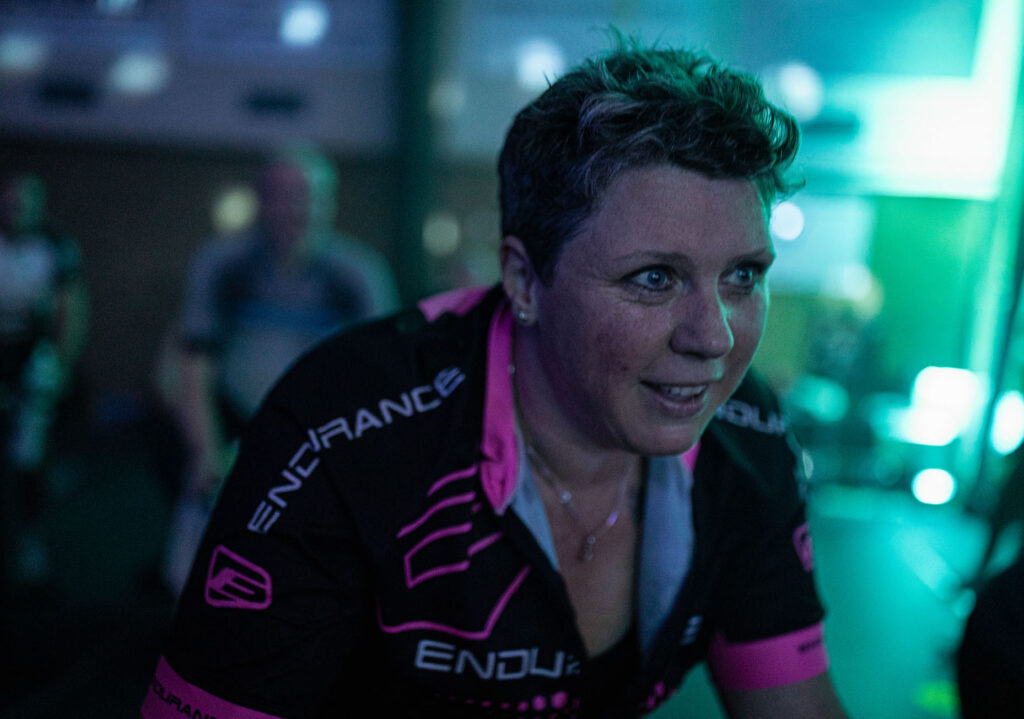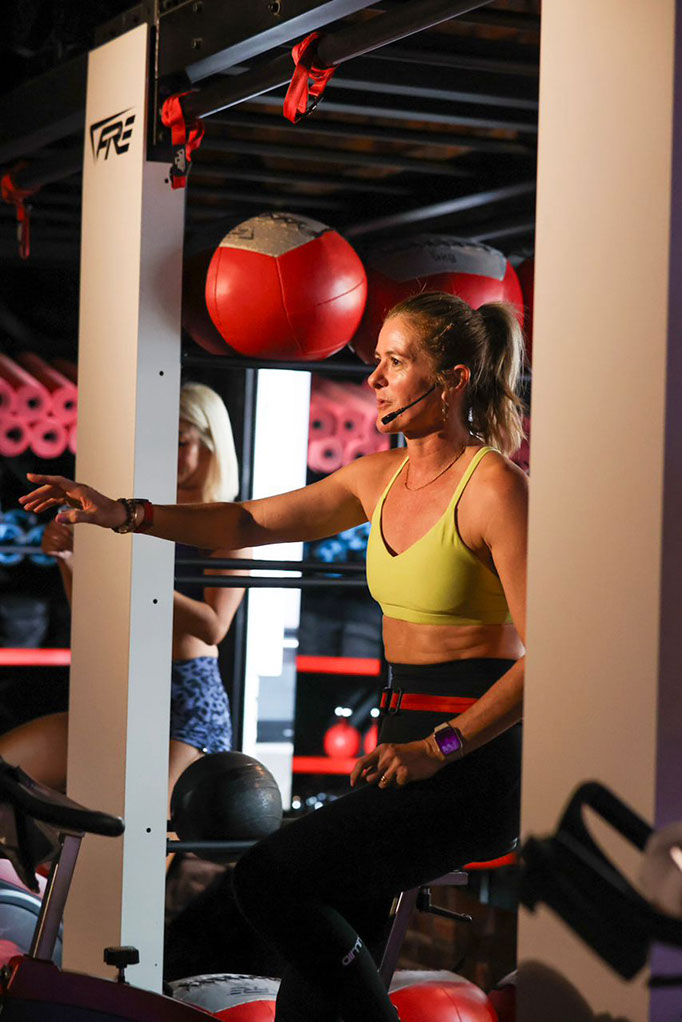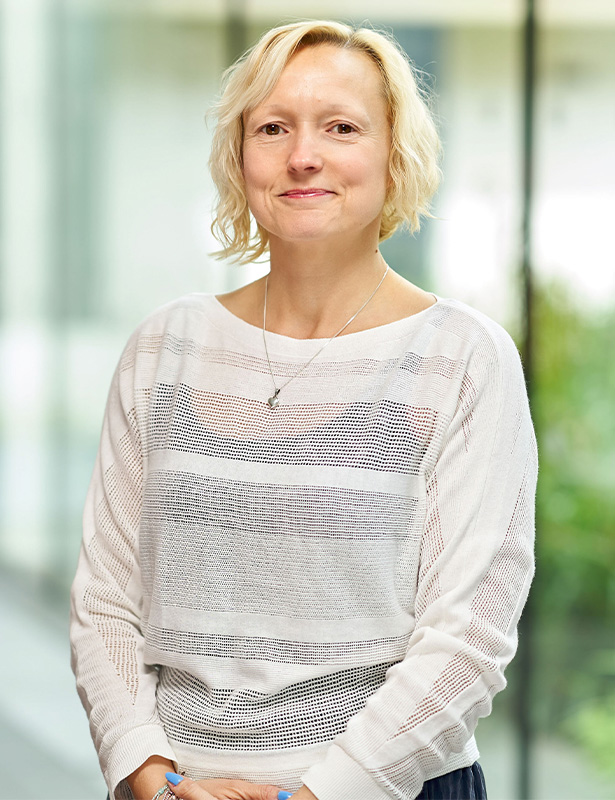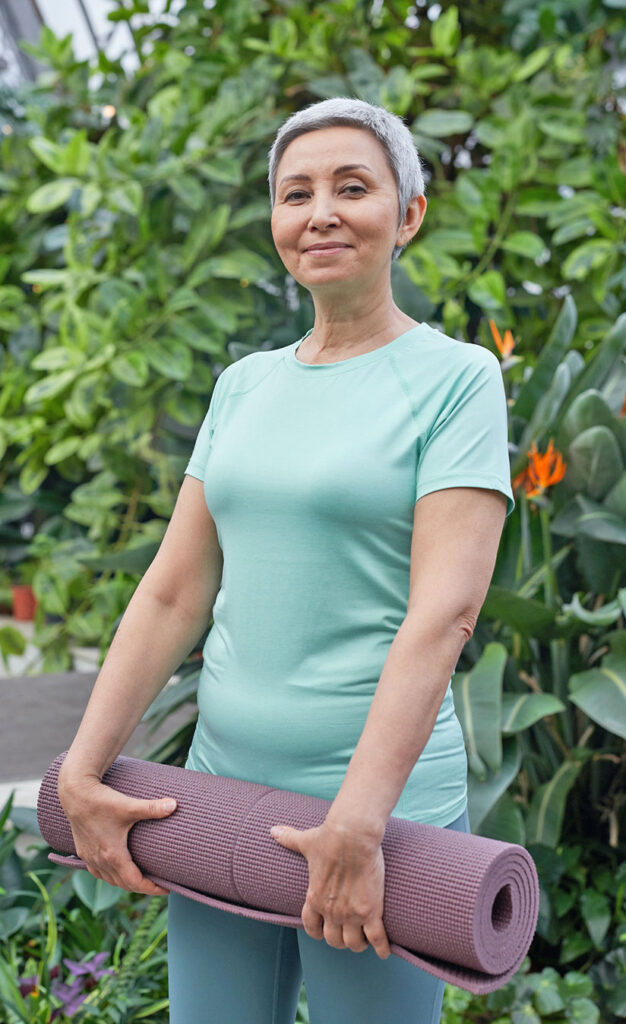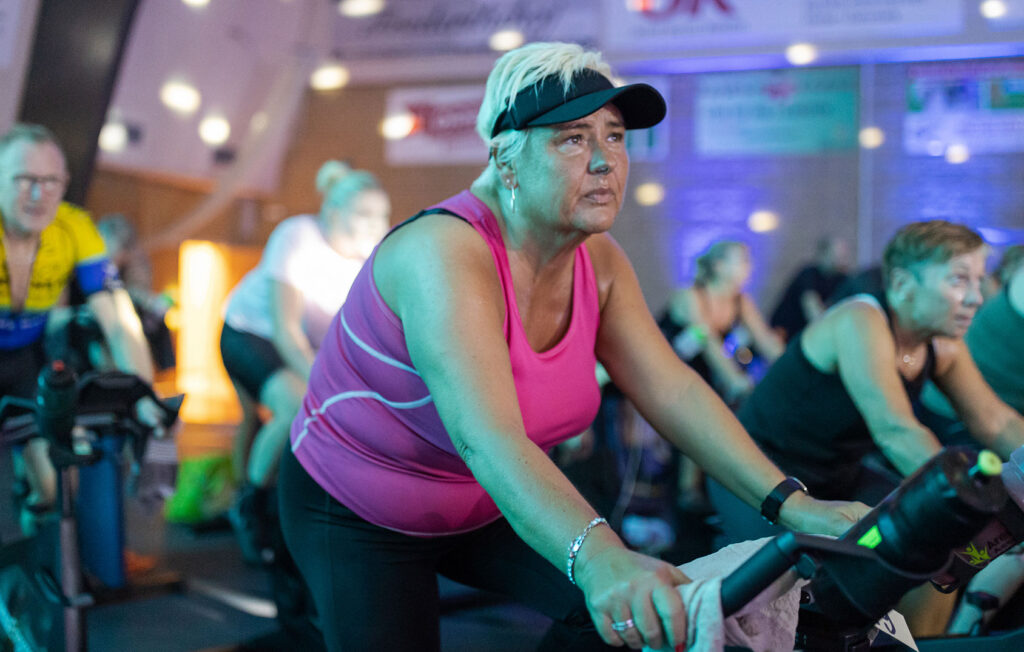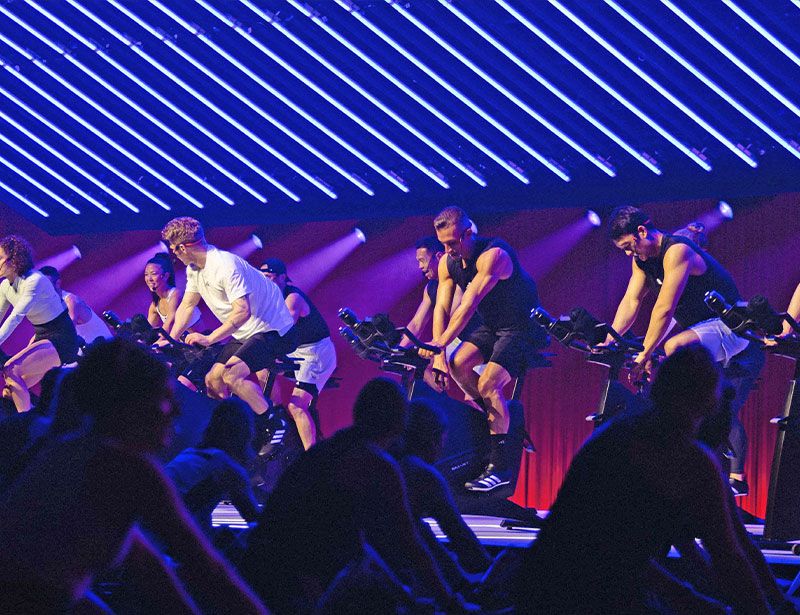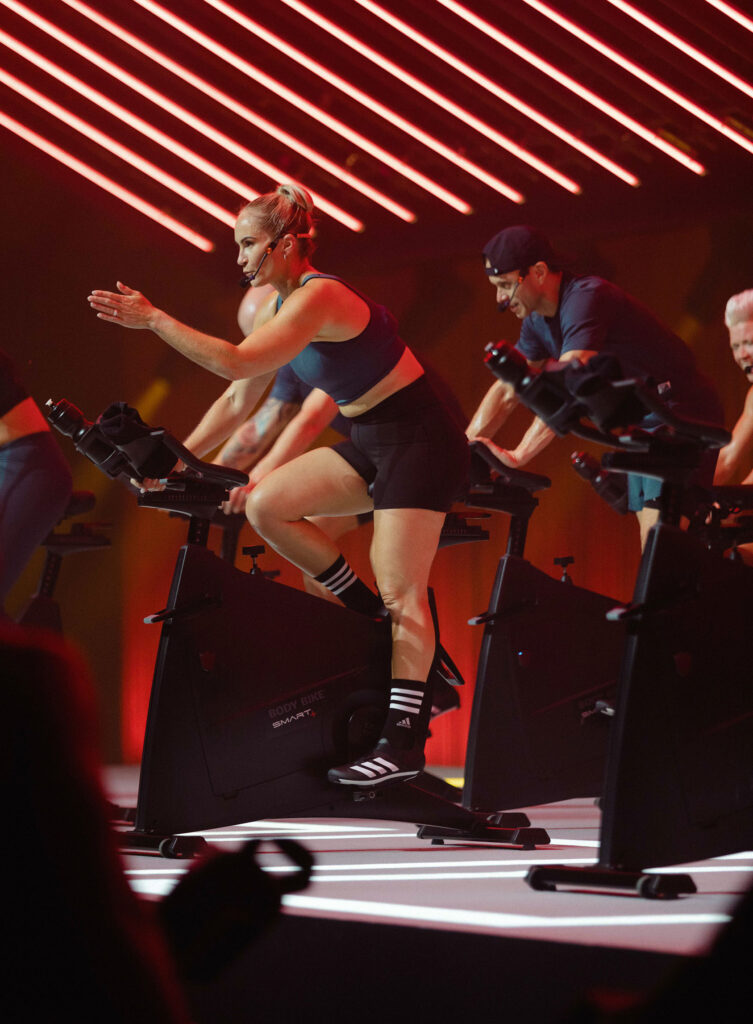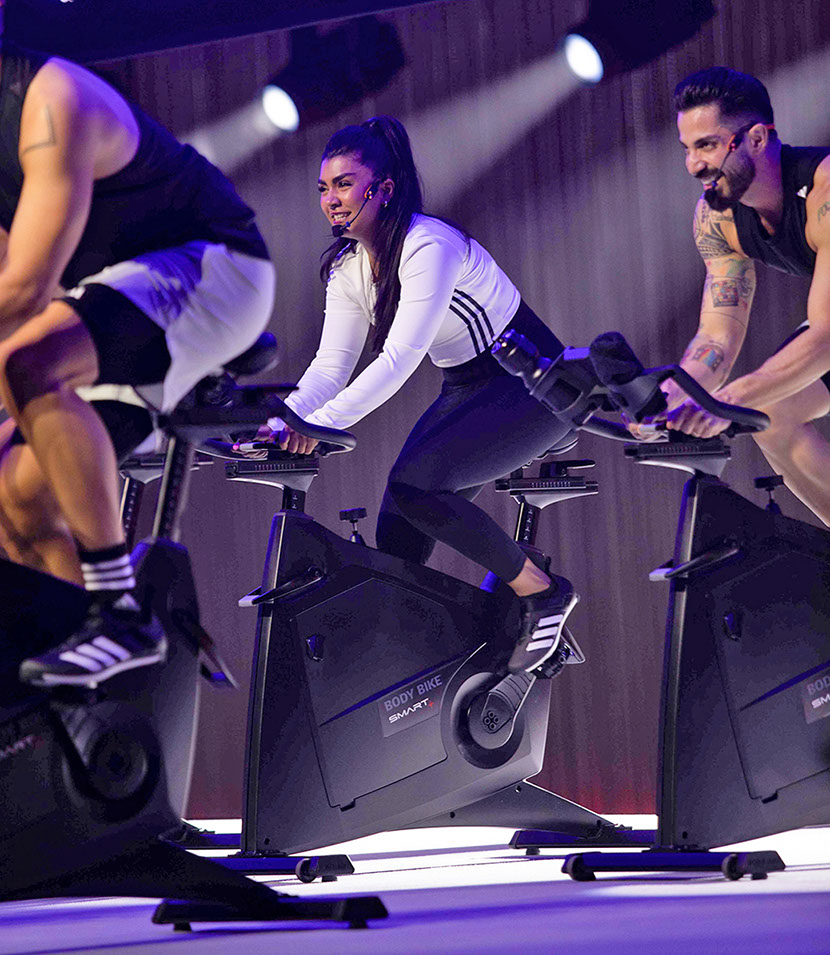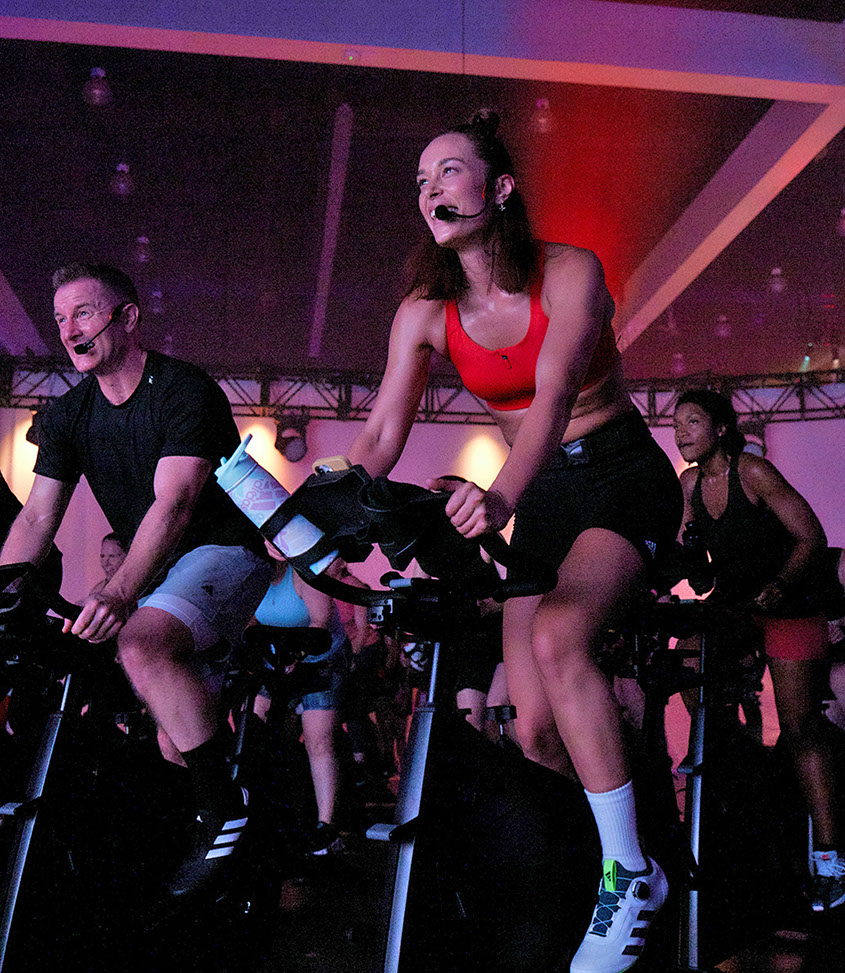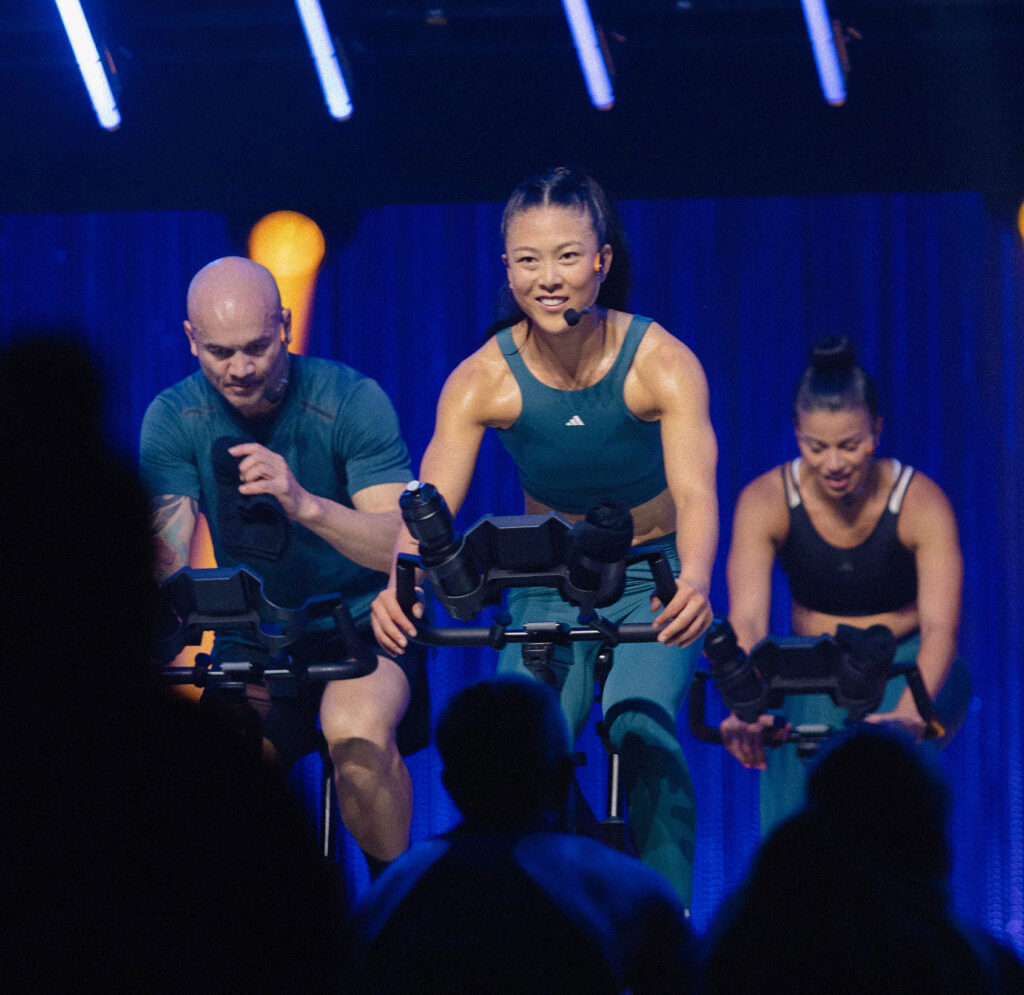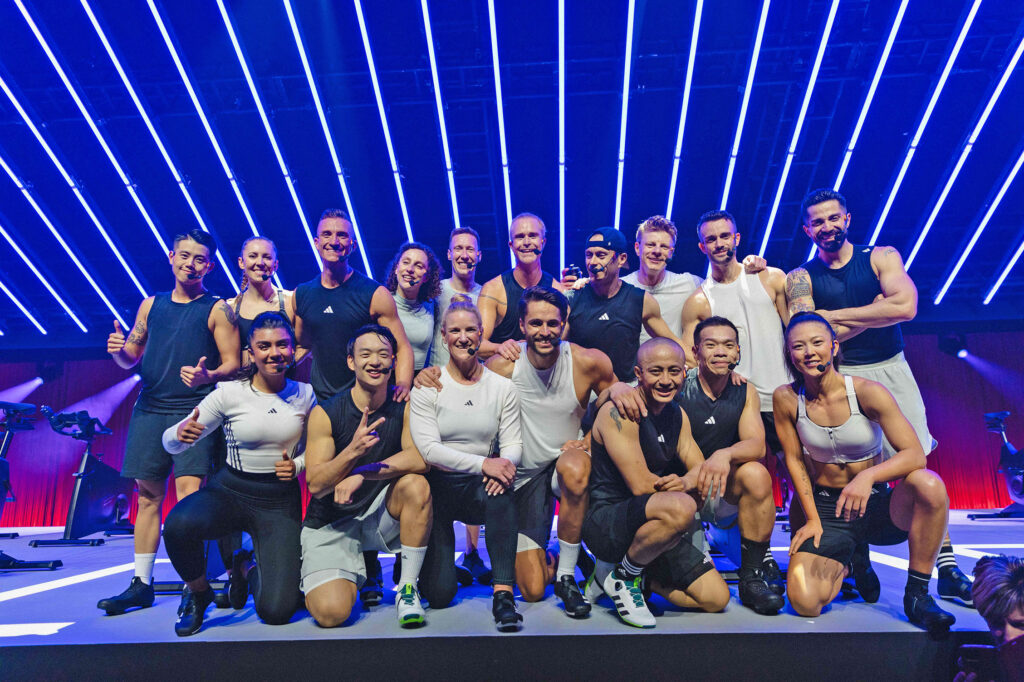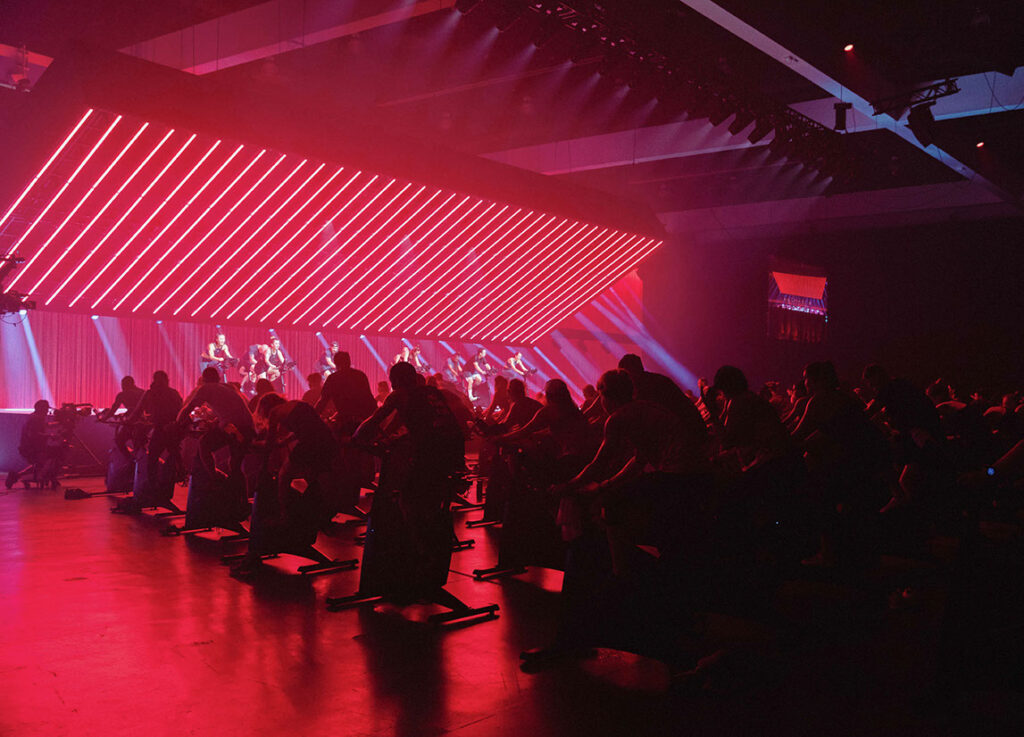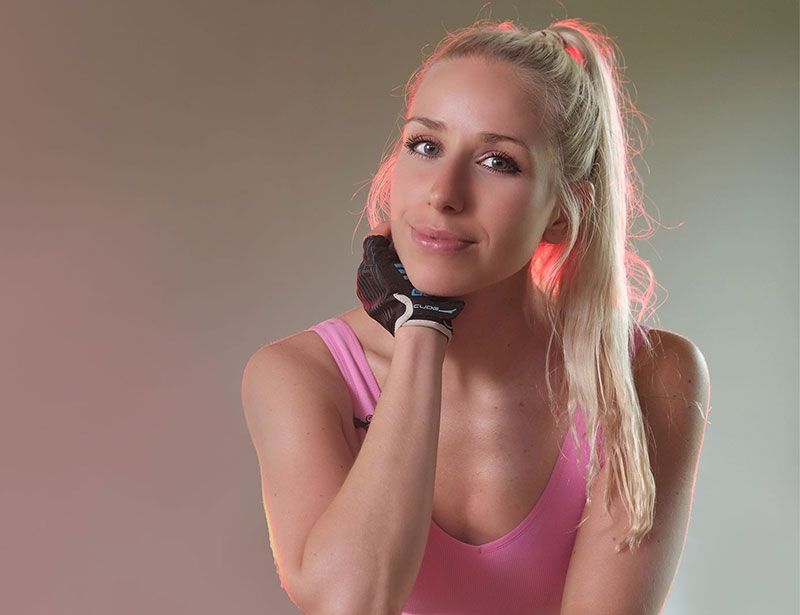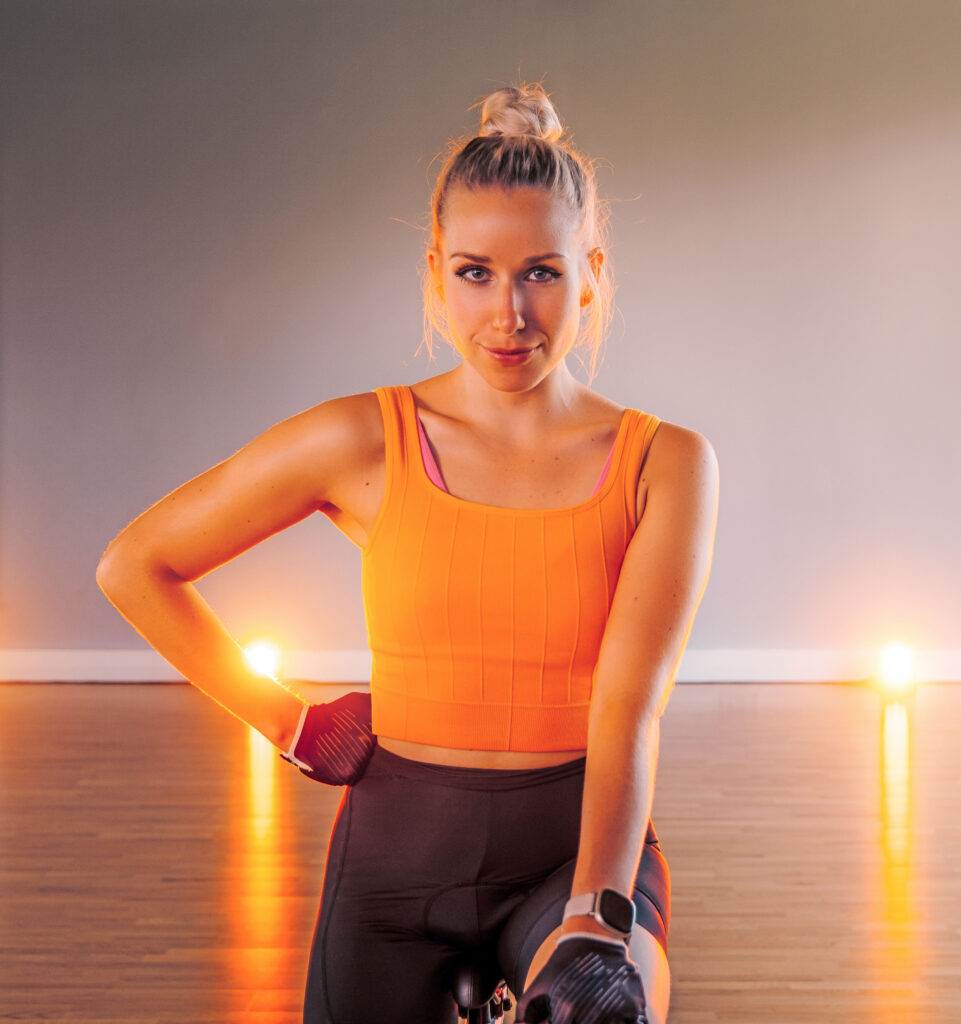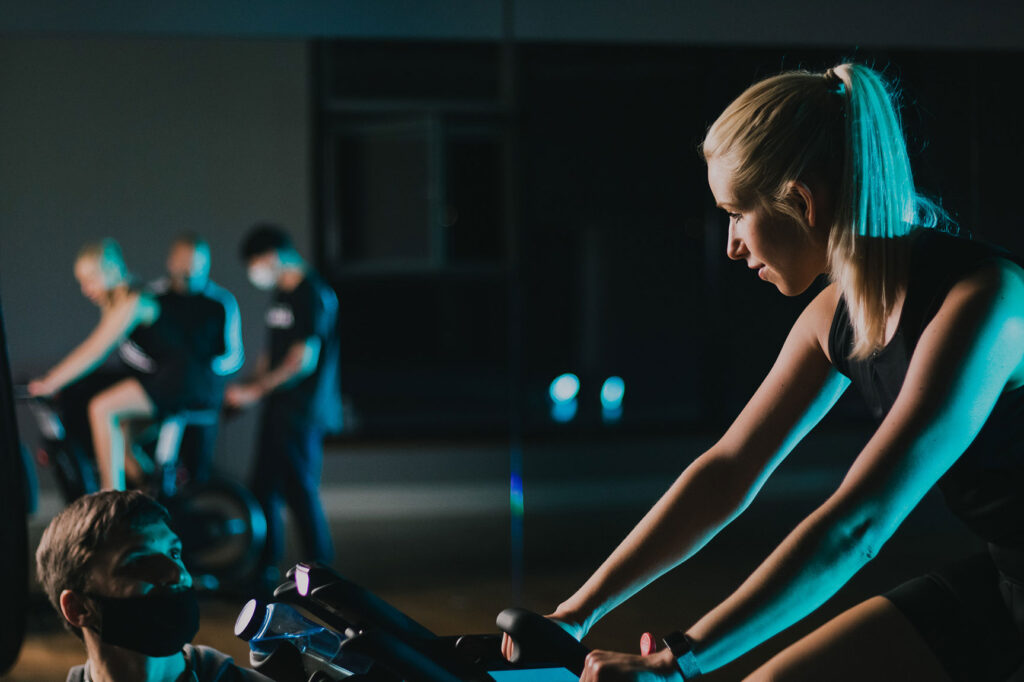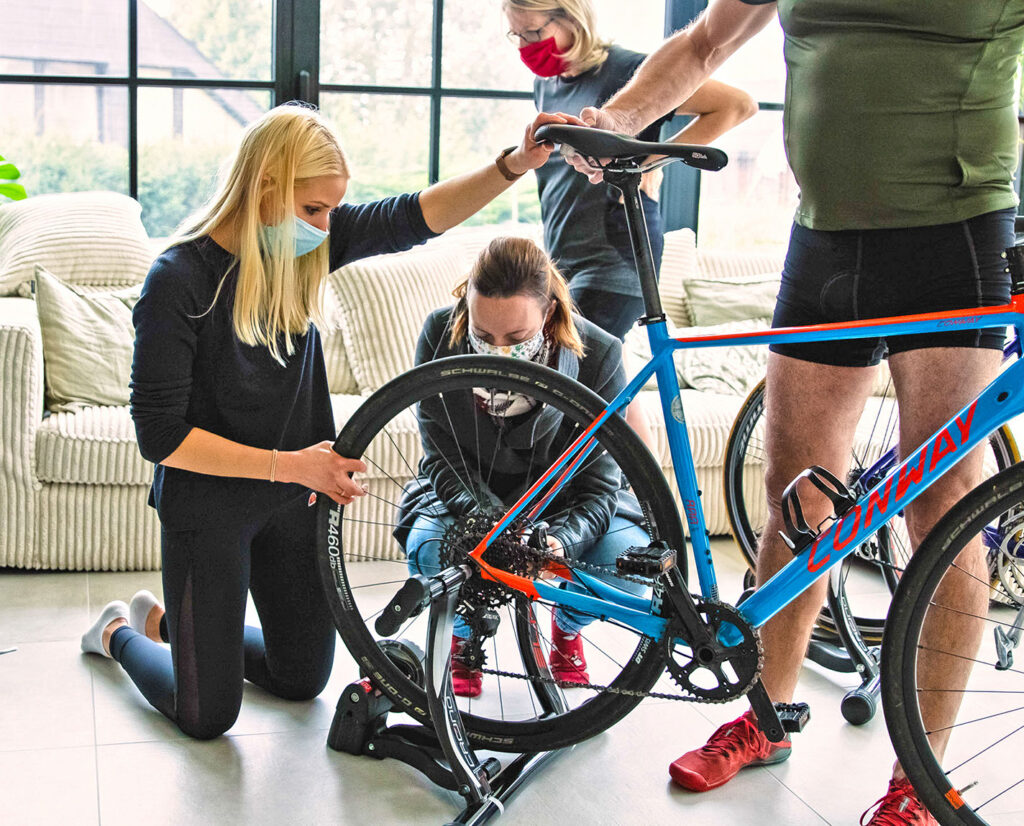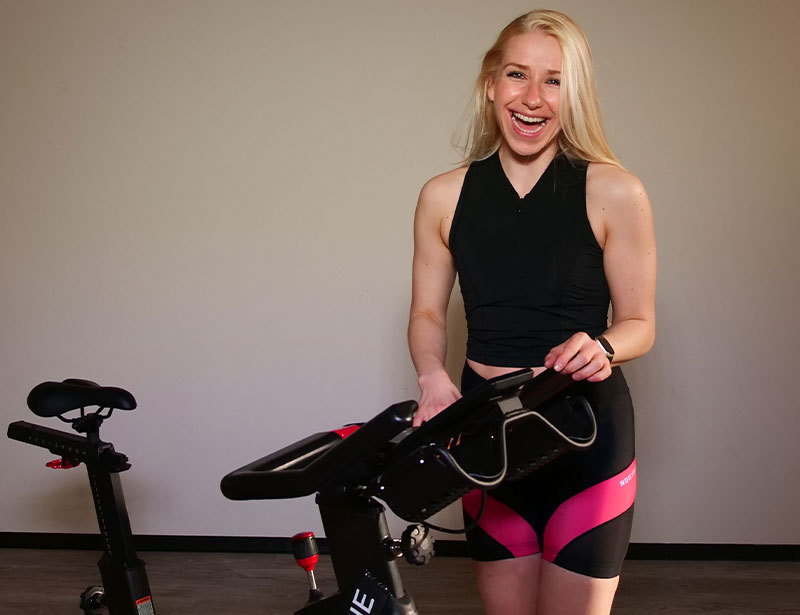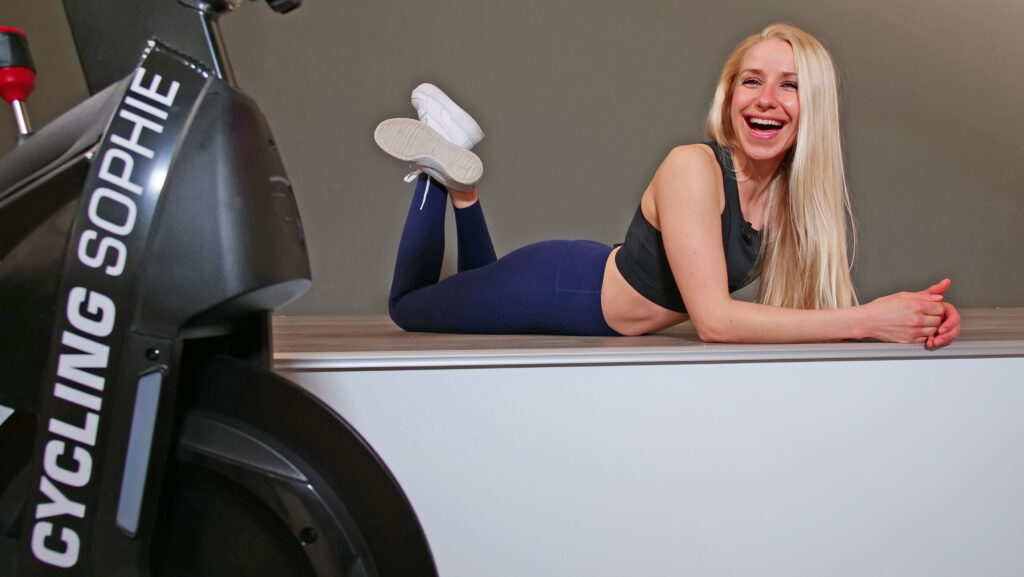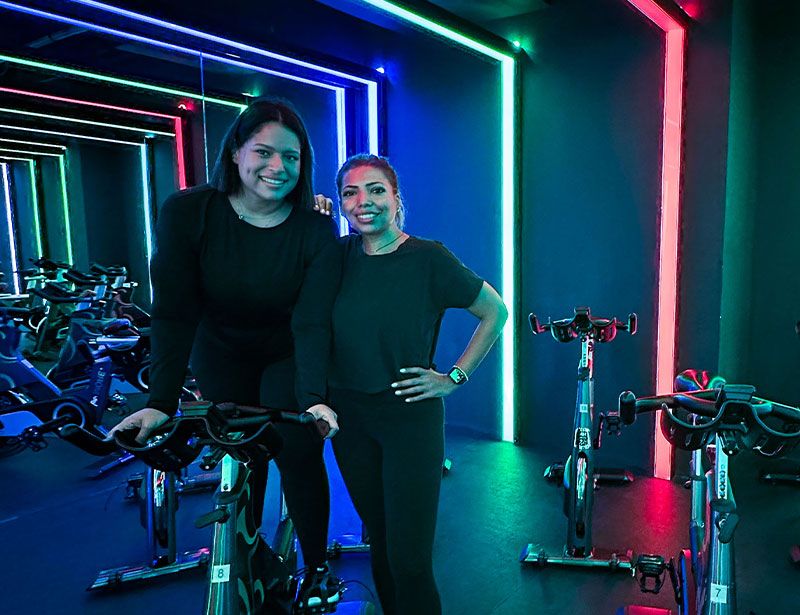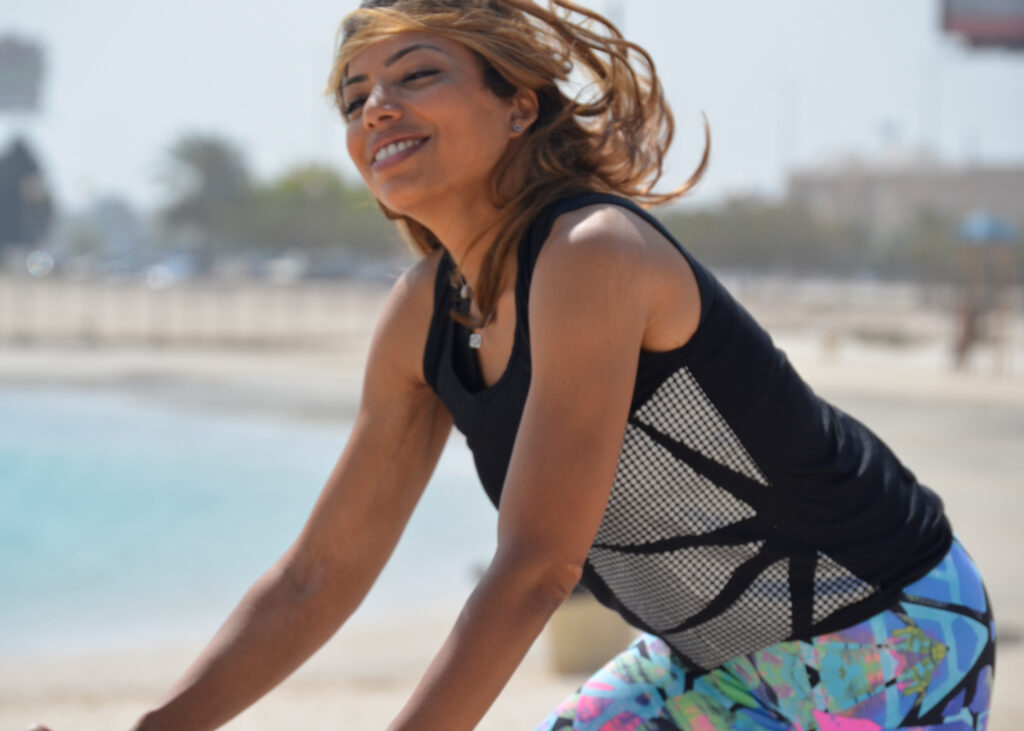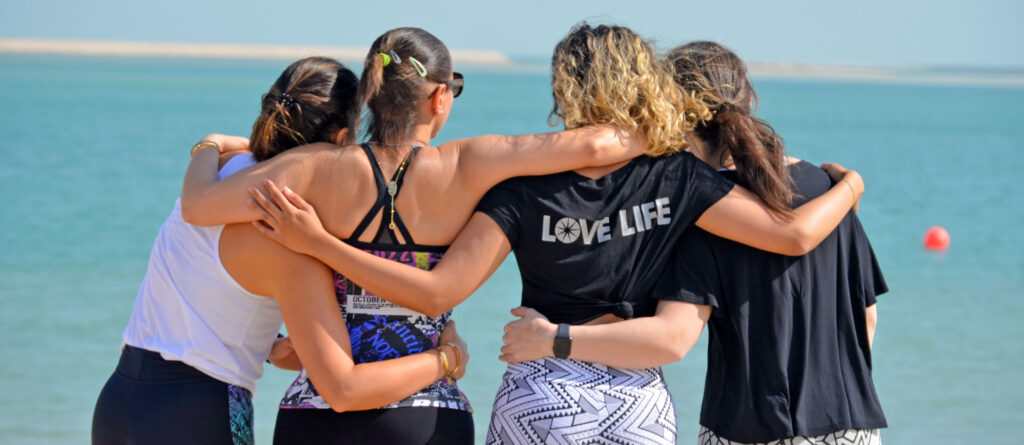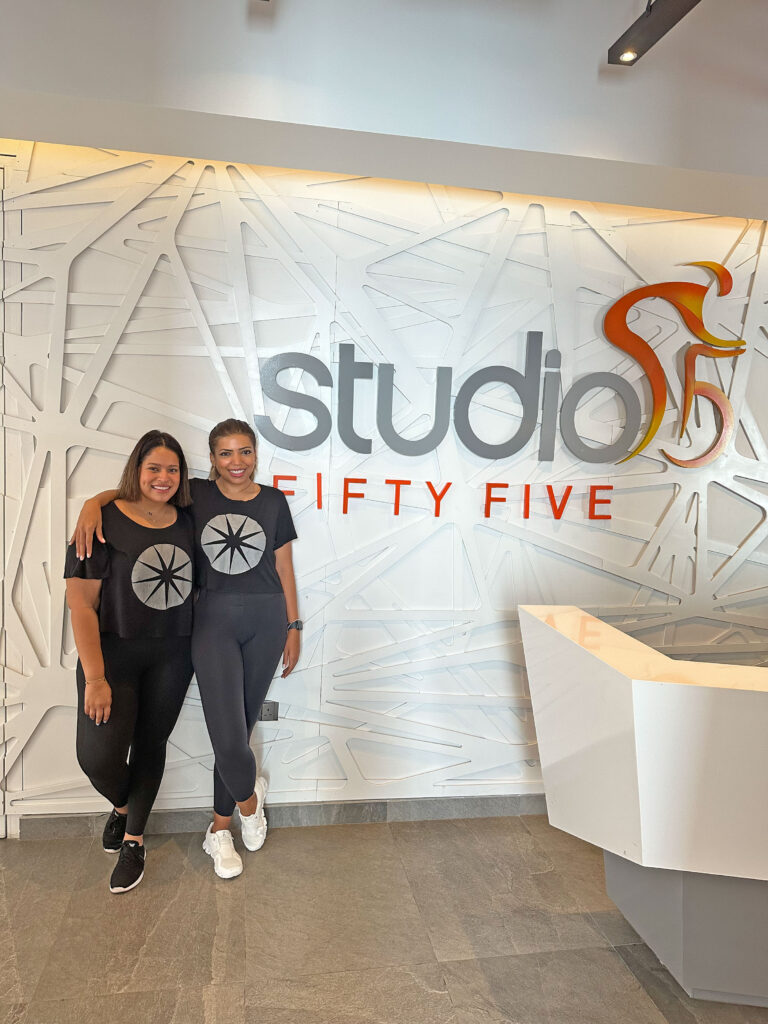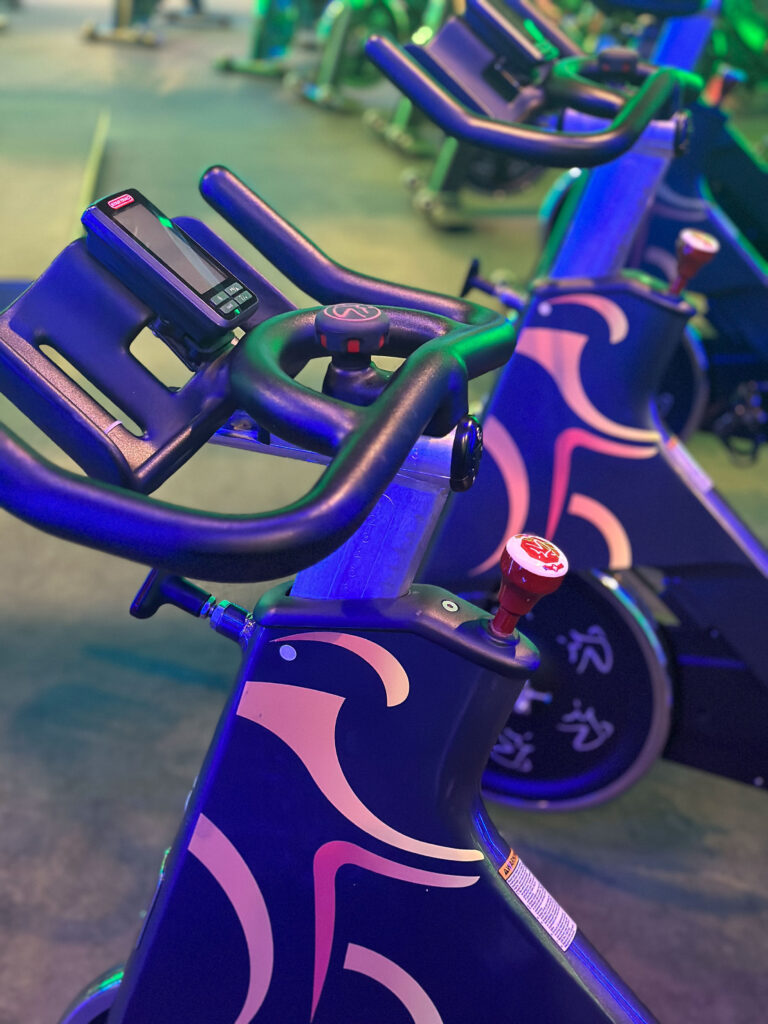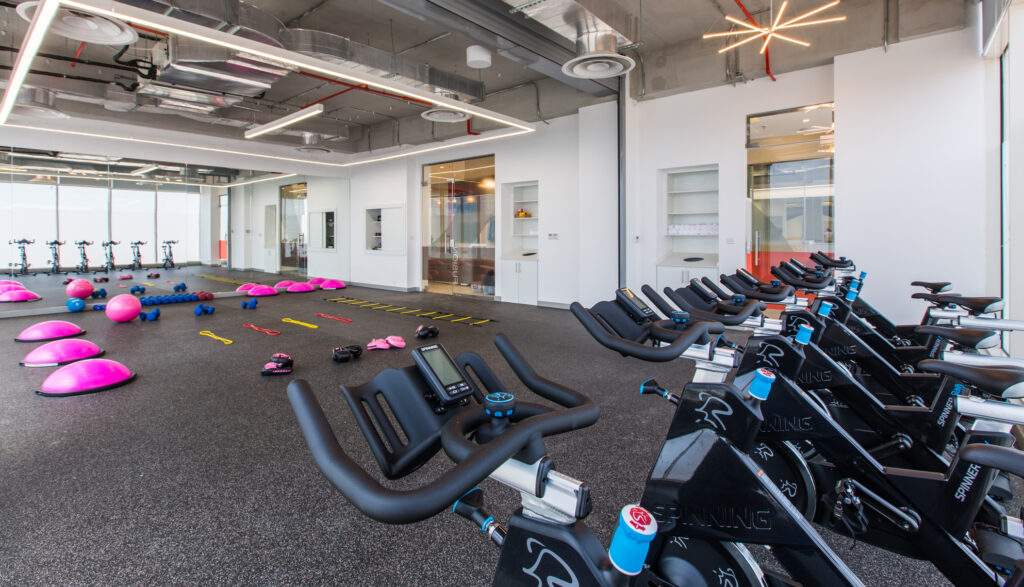Life cycle
David Stalker
President, EuropeActive | Group CEO, Myzone
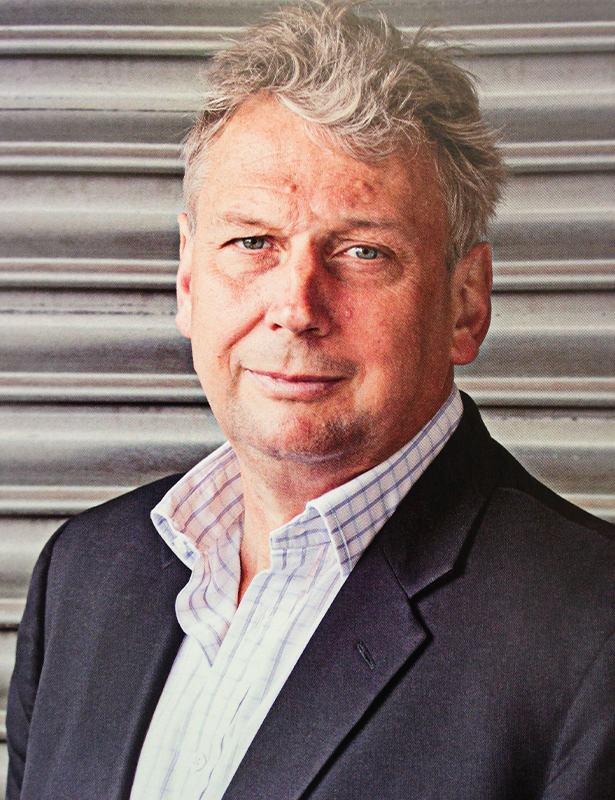
A call to action
As we emerged from COVID, our sector was suddenly presented with a new opportunity: the chance to be health delivery partners. This has the potential to transform our industry, but only if we make it our foremost objective and embrace the opportunity wholeheartedly.
We can’t pick and choose which elements of health to focus on. We can’t just deliver to the already-healthy, which is pretty much what we’ve always done as a sector. We have to open up to the wider population. We have to look for the people we can influence. And the biggest group where we can make the biggest difference is the older population, because most of the things that are wrong with them – physically, mentally, emotionally – are purely age-related.
Medication is helping us all live longer, but not necessarily in good health: we have years of being infirm, alive but not enjoying life, home alone and lonely. Our sector is uniquely positioned to change this for the better, and I believe we are morally obliged to do so, but so far we aren’t stepping up to this responsibility.
In most cases, we’re failing to look at how we can serve this enormous population even within our existing accessible facilities: swimming pools, indoor cycling studios, even elements of the gym floor if only we’d stop making them so intimidating. Honestly, now aged 60, even I find the big functional spaces intimidating, and I don’t see anyone else my age at the gym.
“As health partners, we can’t pick and choose which elements of health to focus on. We have to look for the people we can influence.”
New programming will be key to changing this. We can also take our increasingly highly-qualified staff out to the community centres where older people are. More than any other group, older people seek community. We can create that. We have a social duty to do so.
Yet many operators tell me ‘that doesn’t work in our business’. My answer: it does and it must. Forget your old model and your short-term focus. Forget doing things only for commercial benefit. Do things because they’ll make a difference to people’s lives.
Of course, I’m not so naïve as to suggest a business doesn’t have to think about its finances. Even if we make nothing financially from serving the older generations, we will benefit commercially if they enjoy it and tell their families. We will create and own a new community, and our reward will be the community’s response.
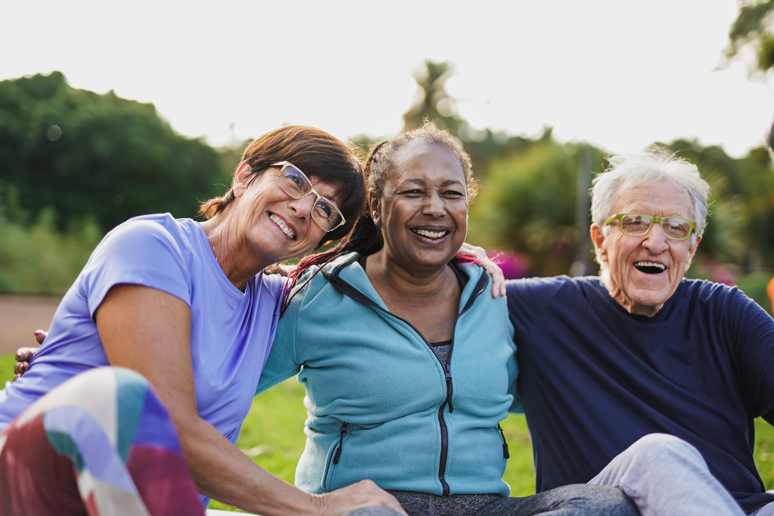
Yet even this is to ignore the big picture: the unprecedented opportunity that comes with moving away from the same-old penetration and retention rates to become health delivery partners. This isn’t a philanthropic gesture. Quite frankly, every operator’s balance sheet will be blown out of the water if we do this properly.
But these opportunities will only come if we stop asking ‘what’s the commercial opportunity?’ and start asking ‘what’s the right thing to do?’ The right thing will result in a happier country, a happier state, happier businesses, happier people, better retention and a bigger market.
We are part of this solution and we must own it with absolute passion and duty.
Dr Lou Atkinson
Schwinn master trainer | Behavioural scientist
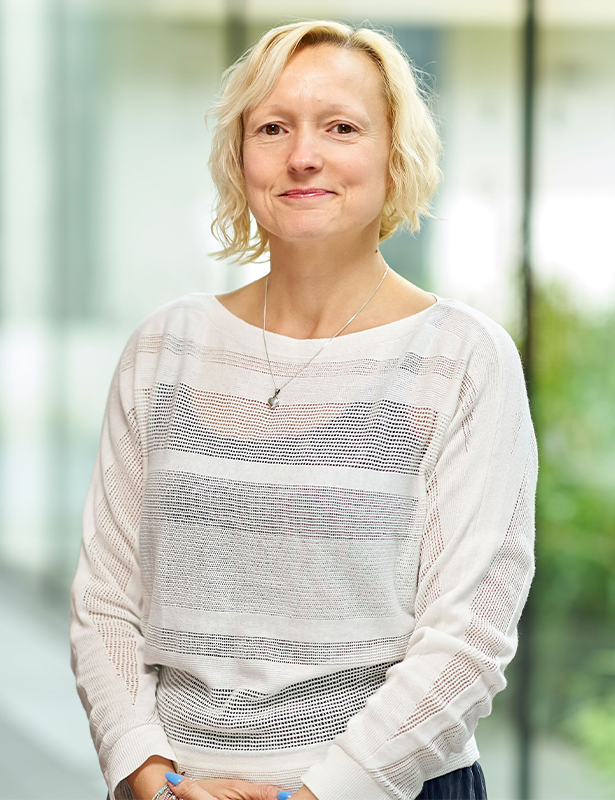
Mindset & motivations
There’s good research around the barriers and facilitators of physical activity for older people, and although there’s no universal definition of what ‘older’ actually means, most research is based on adults aged 65+.
Safety concerns are the biggest barrier for this group: not only the fear of doing themselves harm during the activity itself, but also concerns about safely getting to and from the venue.
Indoor cycling is a great solution provided it’s marketed correctly, showing it doesn’t have to be hardcore – that it’s an achievable, low-impact activity that’s completely and instantly adaptable to all levels, with a simple movement pattern that’s easy to learn.
It’s also seated, but won’t upset the young-at-heart in a way that being offered chair aerobics might.
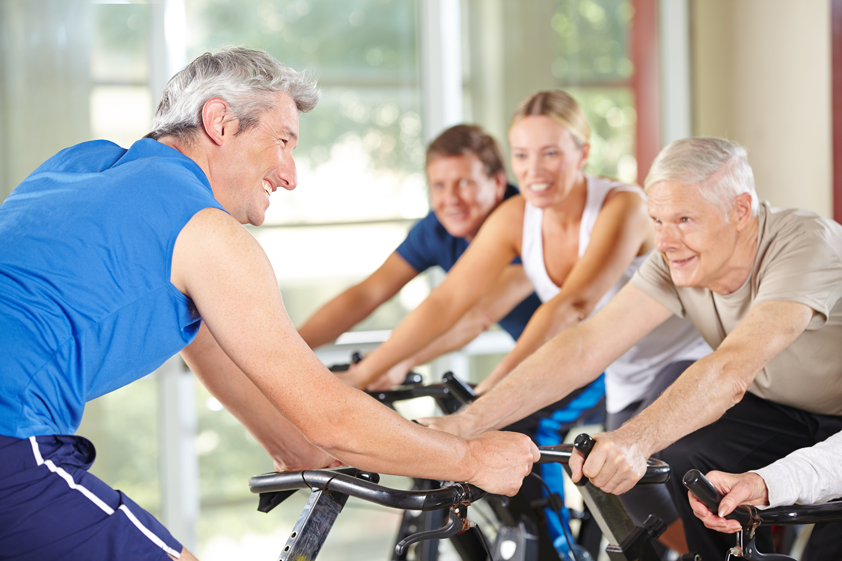
Falls risk can be further minimised by lighting the studio so people can see what they’re doing, especially before and after class when they’re walking around; keeping the space free of trip hazards; and positioning bikes far enough apart that there are walkways. Some community providers might even consider offering transport to and from the club.
When it comes to facilitators, the social aspect is key; in a population where loneliness and isolation are big issues, physical activity is as much about being with other people as it is about fitness.
This plays to the strengths of group exercise, but note that the social aspect won’t happen automatically. Instructors must be keenly aware of this agenda and encourage interaction in a non-pressured way, getting to know participants to help them get to know each other. Instructors must also step back from being the star of the show: you won’t create a community if the class is focused on one person and communication is one-way.
“Do not make assumptions based on age. Many older adults have been active all their lives. Patronise at your peril!”
Buddying can be a good option, introducing newcomers to well-matched individuals in class, as can post-class coffees, out-of-class activities, online communities and WhatsApp groups. If digital classes are offered – a great way to break down initial nervousness among tech-savvy older generations and cater for those physically unable to attend in-person – use camera angles that show participants as well as the instructor.
A few other thoughts… Many regulars in my classes are aged 50+, with several in their late 60s and 70s, and they have a lower tolerance for loud music. This doesn’t mean they just want old music, though: it’s important to ask about musical preferences and offer variety. Many also use reading glasses which they won’t wear in class, making it harder to rely on console data; coaching becomes more verbal, so it’s more important than ever that your voice can be heard above the music.
Last but absolutely not least, do not make assumptions based on age. Many older adults have been active all their lives, are fitter than many 40-year-olds and just want to continue with the activities they’ve always loved, just with a few modifications. Patronise at your peril!
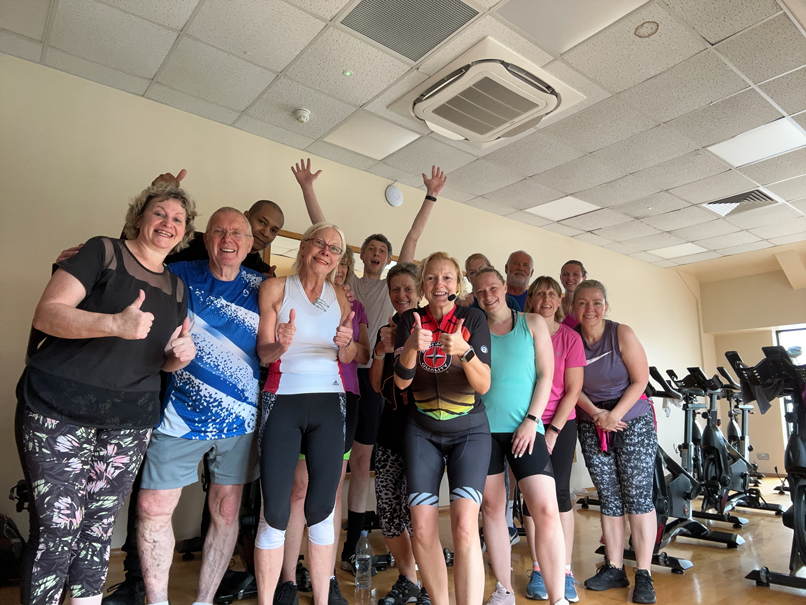
I’ve certainly never been a fan of the ‘this class is specifically for this group / this purpose’ approach. Indoor cycling is so adaptable in the moment that every class is for everyone. Even as they age, regulars may well keep going to the classes they’ve always done.
But as I say, there are preconceptions to address among those who haven’t done indoor cycling before, especially if they’ve been nudged towards exercise by a health diagnosis and are nervous about the safety of taking part. My advice: take the pressure off by marketing around fun, social interaction and quality of life – living better for longer. There will still be different fitness levels in class, but the social agenda will unite everyone.
Daniel Callow, PhD
Postdoctoral research fellow, Johns Hopkins University School of Medicine
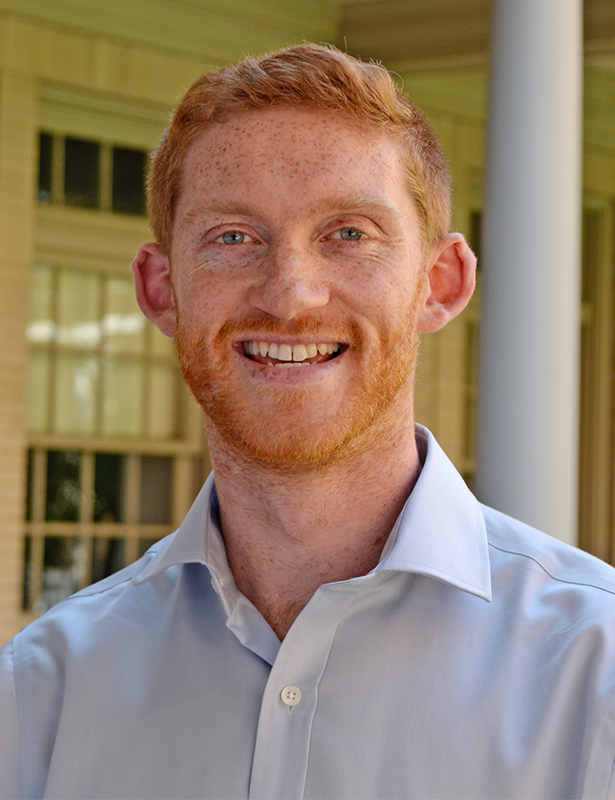
Scientifically proven
As a postdoctoral research fellow at Johns Hopkins, I’m currently exploring the impact of sleep and physical activity for healthier neurocognitive ageing, with a view to creating multi-domain lifestyle interventions for older people.
My interest in this field goes back years: I studied kinesiology as an undergraduate and did my PhD in cognitive neuroscience, in both cases focusing on exercise as a way to promote healthier ageing, and in particular cognitive ageing.
“All cardiovascular exercise is beneficial for the brain as we age, but indoor cycling is an accessible option that also brings strength benefits”
For my PhD, I became very interested in neuroimaging: using MRI scanners to look at the structure and function of the brain. I wanted to provide objective evidence of how exercise can support brain health in older adults and delay or prevent cognitive decline and dementia progression.
Most research into cognitive and mental health among older adults focuses on aerobic exercise – my dissertation included. It was based on a set of three acute exercise studies, ‘acute’ meaning the impact of a single session of activity. All three studies involved getting older people into the lab and onto a stationary bike, some days being sedentary, other days cycling for 30 minutes at moderate to vigorous intensity. We’d then do cognitive tests and neuroimaging.
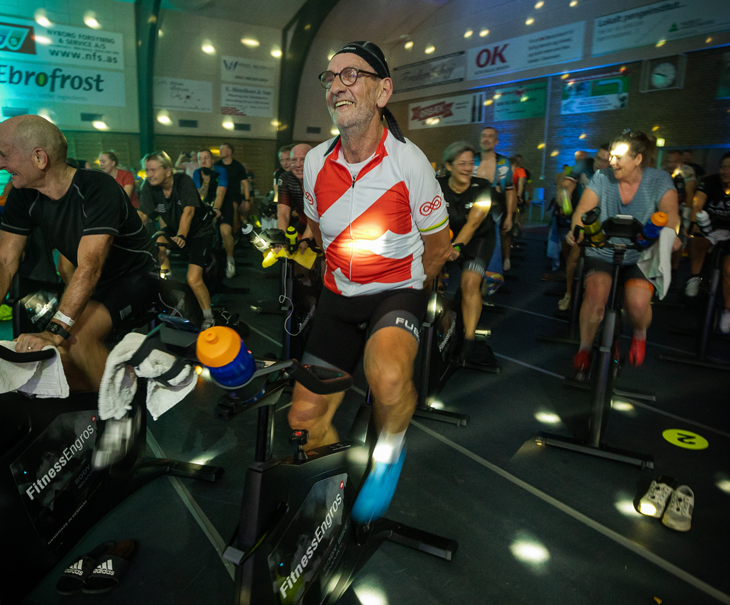
In fact, indoor cycling is often used when researching the impact of acute exercise on the brain and mental health. As scientists, we want to control as many factors and variables as possible, and a stationary bike is an accessible way to deliver the right sort of aerobic workout in a lab environment.
But why aerobic activity? There’s a lot of research linking cardiovascular health with brain health, and it makes sense: your brain is one of the most metabolically active organs in the body, and it’s the cardiovascular system that brings it the ingredients it needs to produce energy – oxygen in particular. If you start to have issues with your cardiovascular system, it may not be able to provide those resources adequately to the brain. This could be one of the causes of age- or neurodegenerative-related cognitive decline, as well as mental health problems.
All cardiovascular exercise is therefore beneficial for the brain as we age: it doesn’t have to be indoor cycling. However, stationary cycling is an accessible option that also brings strength benefits, making it attractive to older people who need to minimise the load on their joints, for example, or whose gait/mobility issues make walking unsafe.
In our research, we looked at the hippocampus specifically – a small area of the brain that’s crucial for memory. It’s also the part of the brain that deteriorates first, shrinking by 1–2 per cent a year in normal ageing among less active older adults.
Importantly, studies suggest this decline can be delayed or prevented through regular aerobic exercise: the hippocampus is one of only two regions of the brain capable of producing new neurons throughout the lifespan, and studies suggest exercise to improve the cardiovascular system may directly support and benefit the hippocampal region.
Meanwhile, a lot of previous evidence shows how a single session of activity can be beneficial for executive function, especially among older adults – executive function being the higher-level cognitive skills that generally decline with age. There’s also evidence around the benefits of exercise for depression and anxiety, although my own work is less focused on this area.
Put it all together, however, and there’s clearly a strong body of evidence highlighting the mental and neurocognitive benefits of indoor cycling, not only in the lab, but as an accessible way to exercise our cardiovascular systems as we age.

